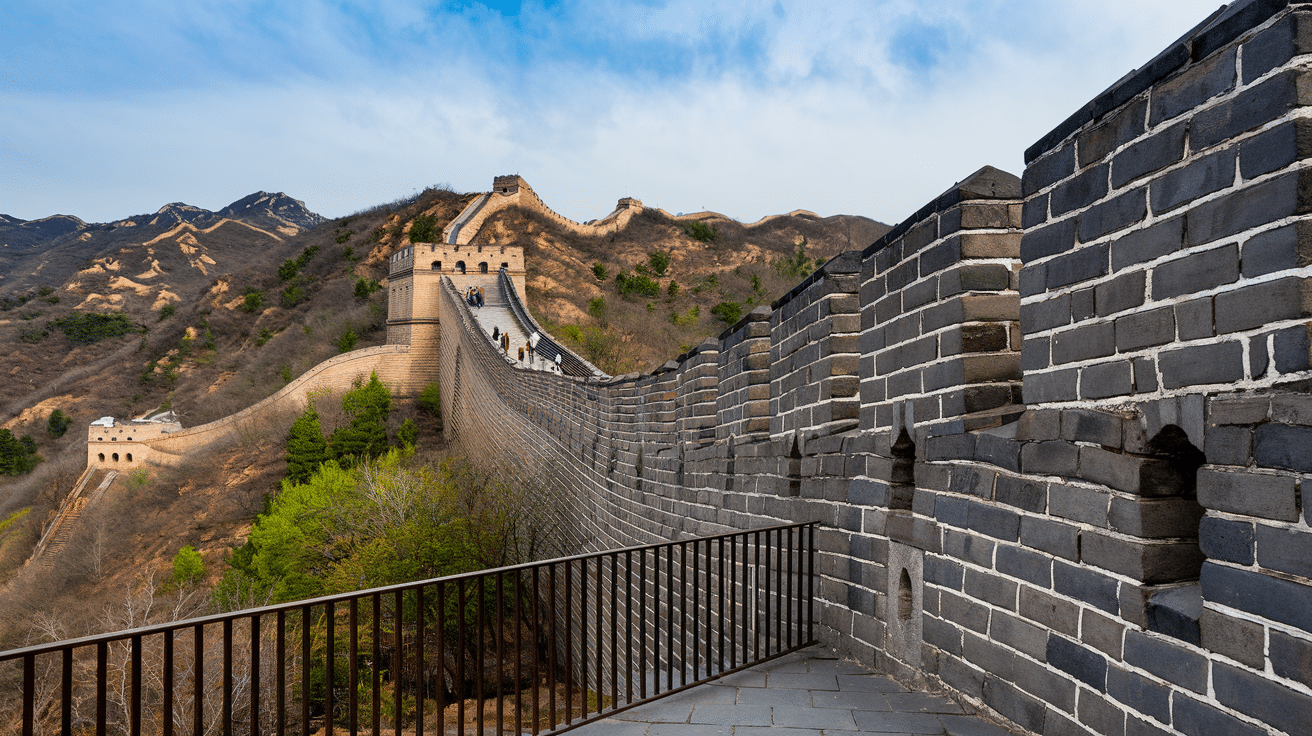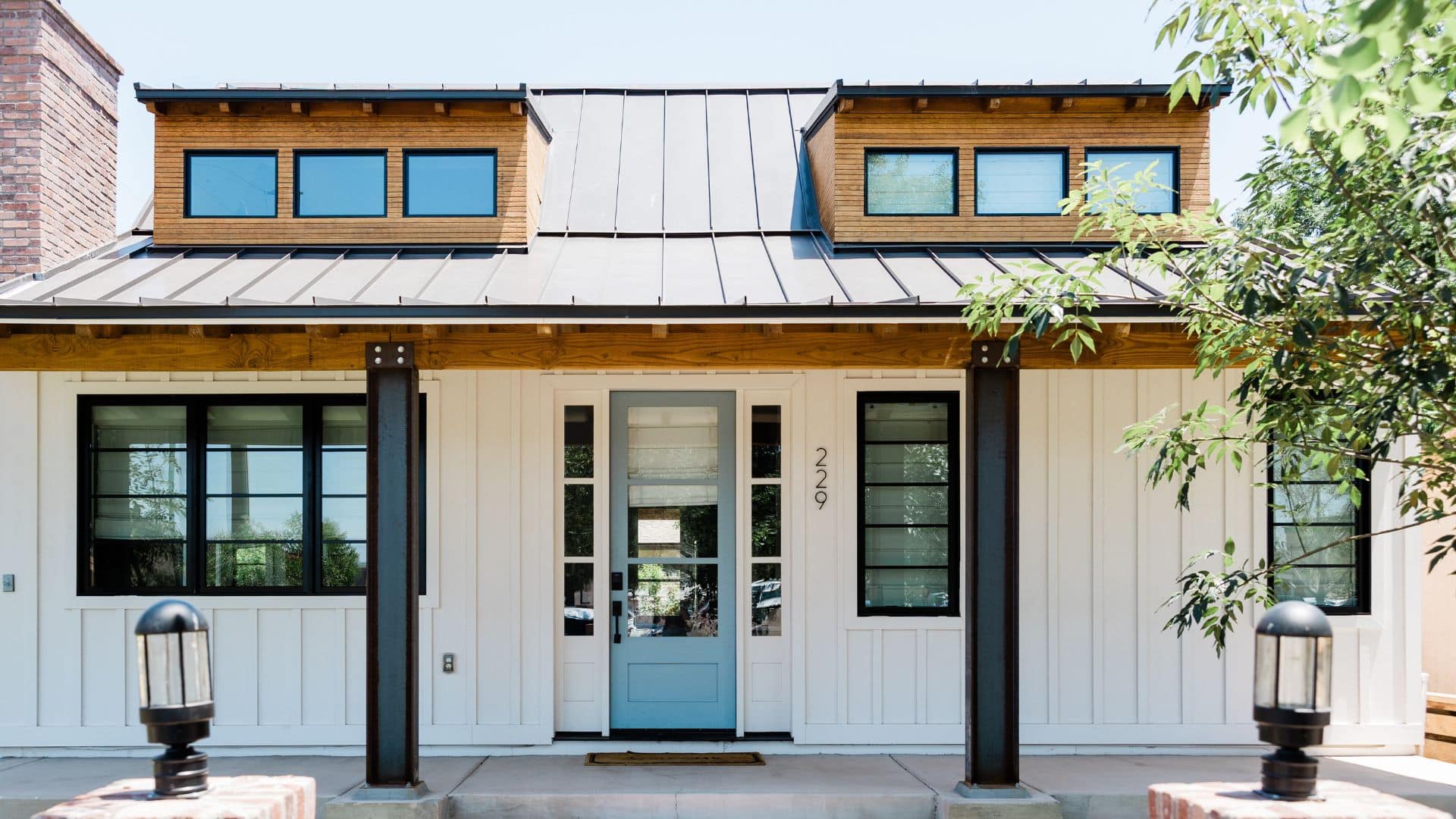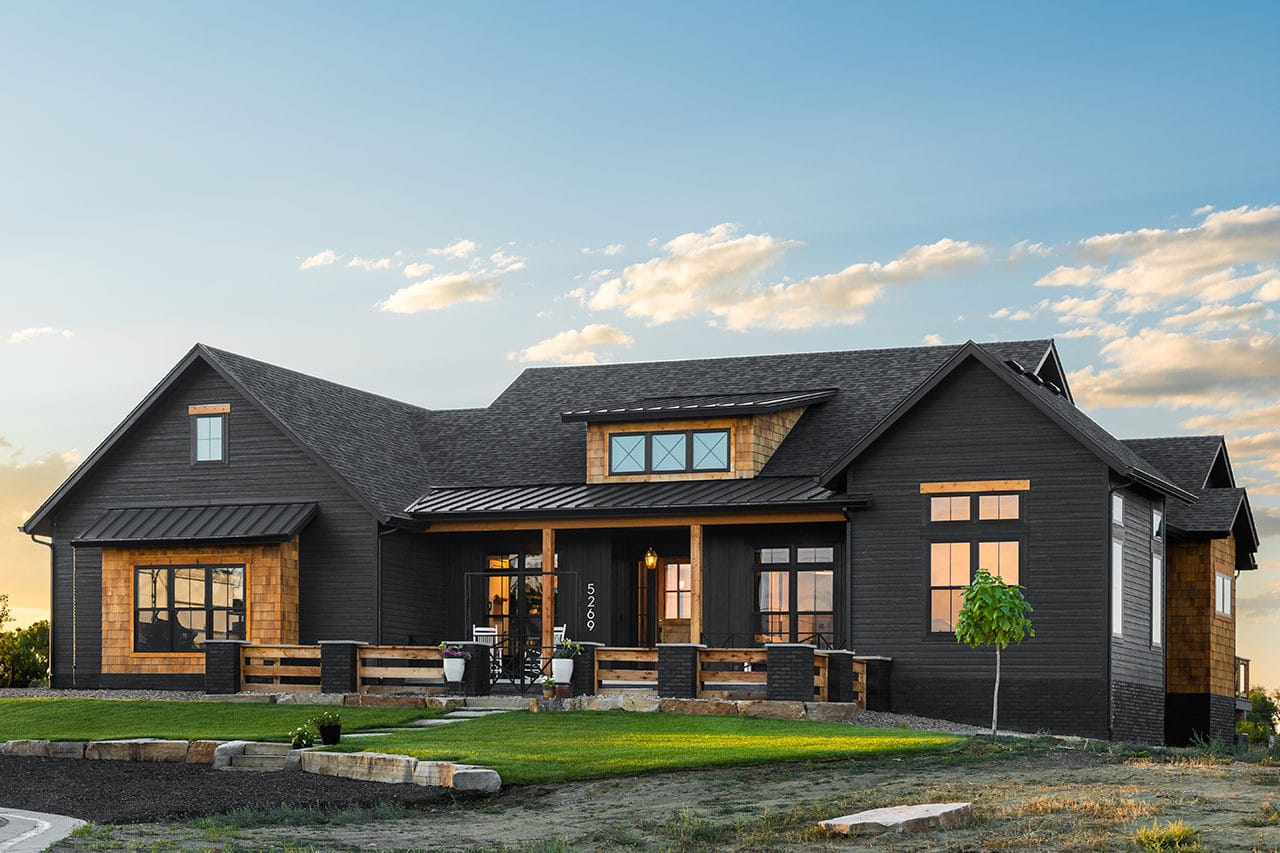27 Famous Buildings in China that You Must Visit
China tells an amazing story through its buildings. From stone palaces that echo ancient times to glass towers reaching high into the sky, this country shows how architecture can capture history and dreams.
Imagine walking through spaces that connect past and present.
We will see amazing landmarks that show China’s rich cultural story—from old temples to modern city centers that wow visitors from around the world.
Get ready to learn about the most incredible structures that make China special.
Why China’s Architecture Stands Out
China’s building story goes way beyond just putting up walls and roofs. It’s a living timeline that shows how people lived for thousands of years. Chinese builders have created structures that are more than just places to live or work.
A Legacy of Creativity
Here’s what makes Chinese architecture truly special:
- History Speaks Through Stones: Each building tells a story about the people who built it
- Cultural Roots Run Deep: Designs connect to ancient traditions and beliefs
- Innovation Meets Tradition: Modern buildings respect old design principles while looking to the future
More Than Just Buildings
Think of Chinese architecture like a time machine. Old temples sit next to glass skyscrapers, and ancient palaces stand near modern city centers.
Each structure shows how China has changed – from imperial kingdoms to a global tech leader.
The magic is in the details. Builders use special colors, choose specific shapes, and consider how a building fits into its surroundings.
It’s not just about making something look good; it’s about creating a space that means something to people.
Ancient and Historical Buildings
China’s landscape is dotted with incredible structures that tell stories of courage, strength, and human creativity.
Let’s walk through seven buildings that capture the heart of China’s rich history.
1. The Great Wall of China (Multiple Provinces)
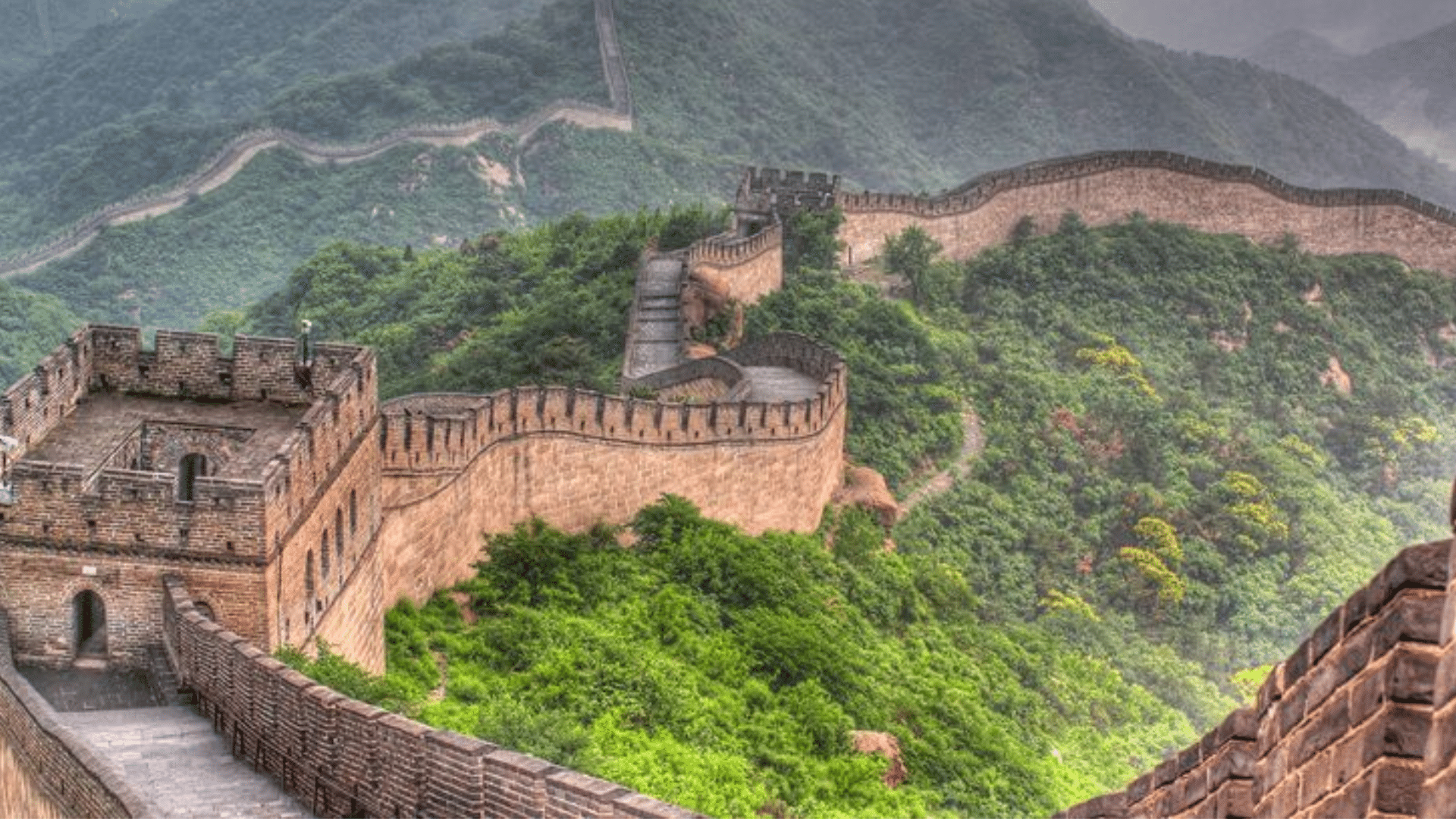
This massive wall stretches across mountains and valleys. Built to protect kingdoms from invaders, the Great Wall shows incredible human determination.
Key highlights:
- Spans over 13.000 miles
- It took centuries to build
- Visible from space
- Protected China from northern invaders
2. Forbidden City (Beijing)
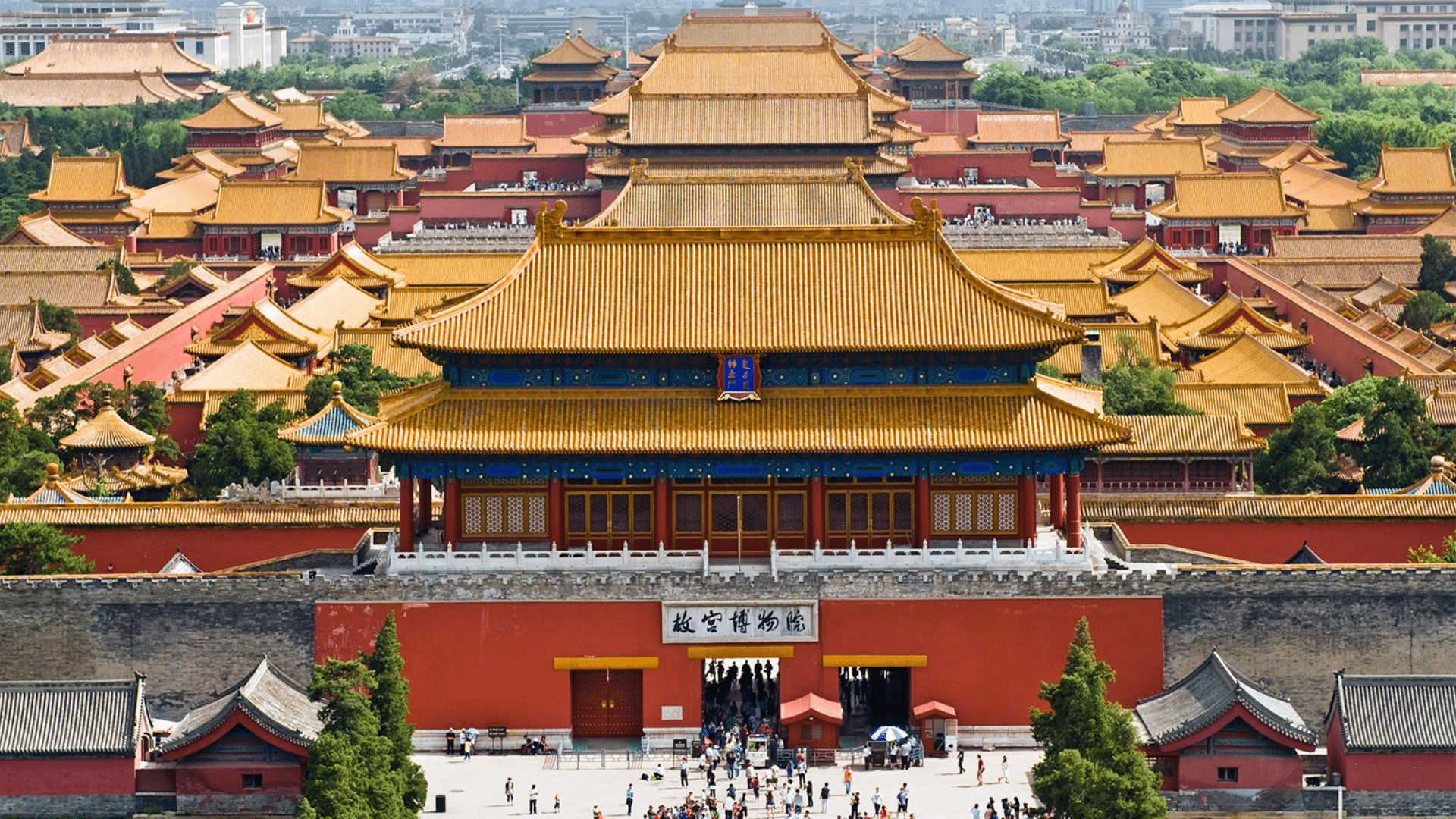
Once home to Chinese emperors, this massive palace complex sits right in Beijing’s heart. For almost 500 years, it was the center of Chinese government and royal life.
Key highlights:
- Contains 980 buildings
- Covers 180 acres
- Built during the Ming Dynasty
- Symbolizes royal power and tradition
3. Temple of Heaven (Beijing)
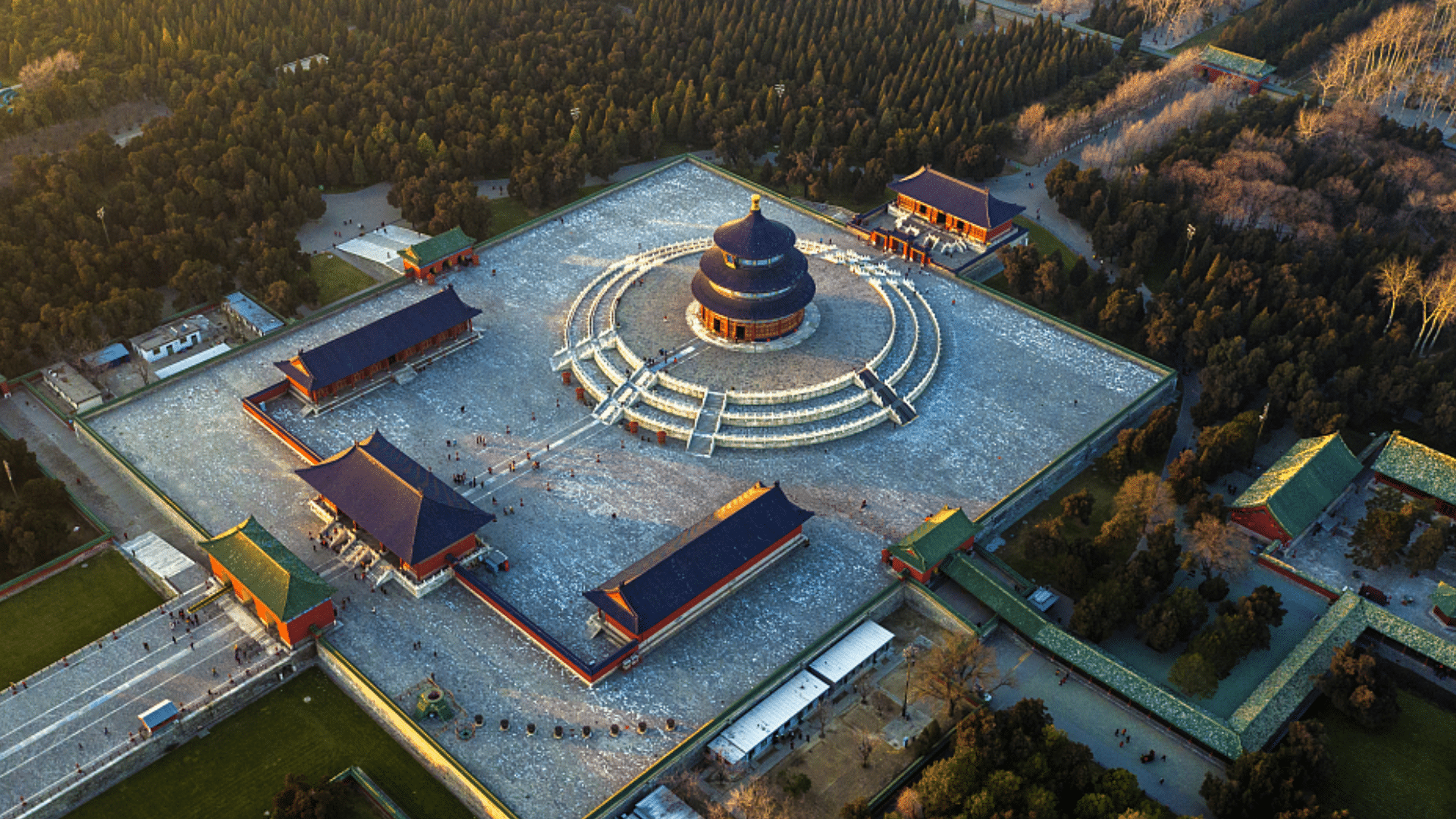
This building was a sacred space where emperors prayed for good harvests. In Chinese culture, it represents the connection between earth and heaven.
Key highlights:
- Used for annual prayer ceremonies
- Perfect circular design
- Represents harmony between humans and nature
- Shows deep spiritual beliefs
4. Potala Palace (Lhasa)
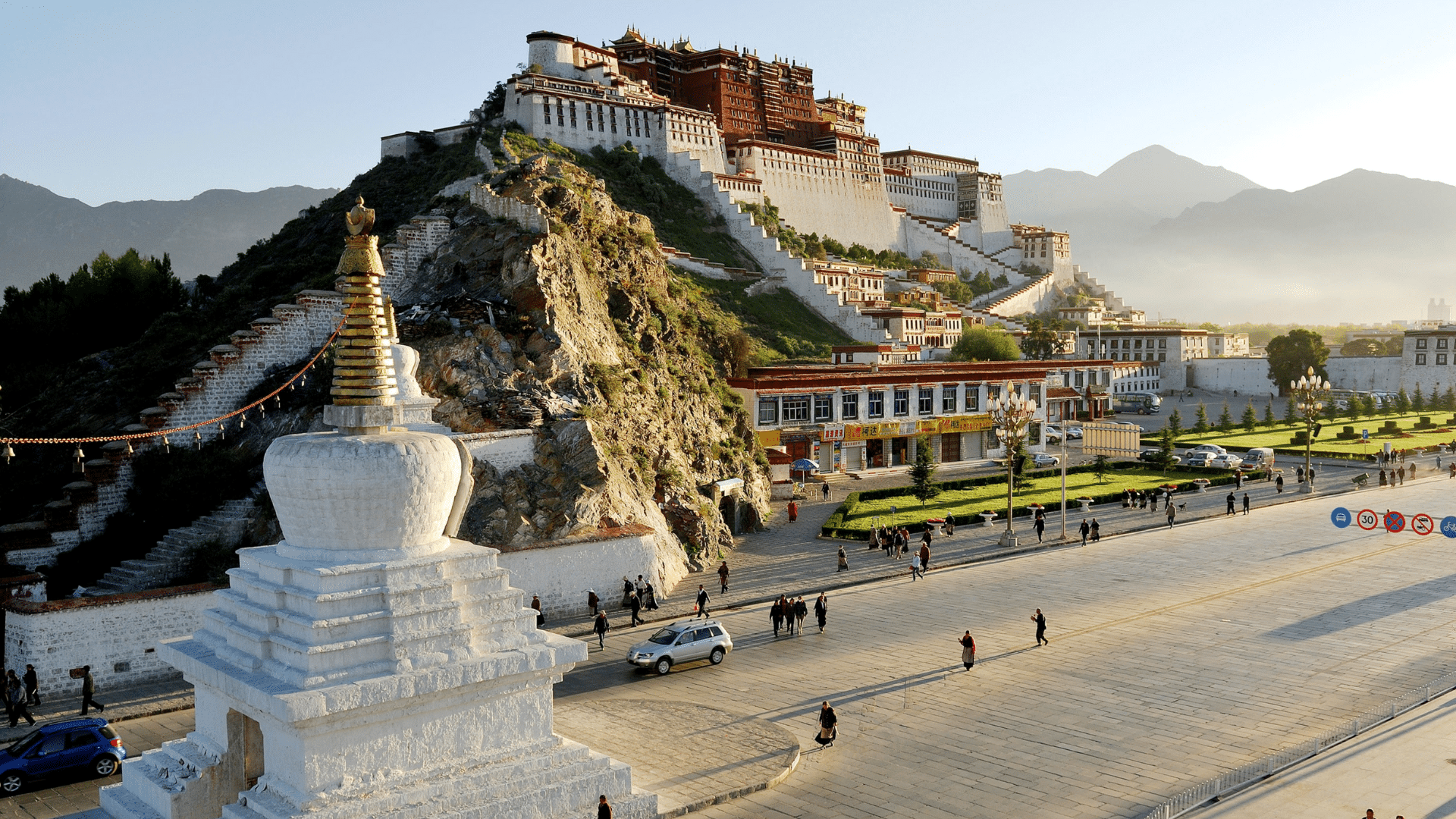
Perched on a mountain in Tibet, this palace looks like something from a fairy tale. For hundreds of years, it was the home of the Dalai Lama.
Key highlights:
- It sits 12.000 feet above sea level
- Massive stone structure
- A blend of religious and political center
- Reflects Tibetan architectural style
5. Summer Palace (Beijing)
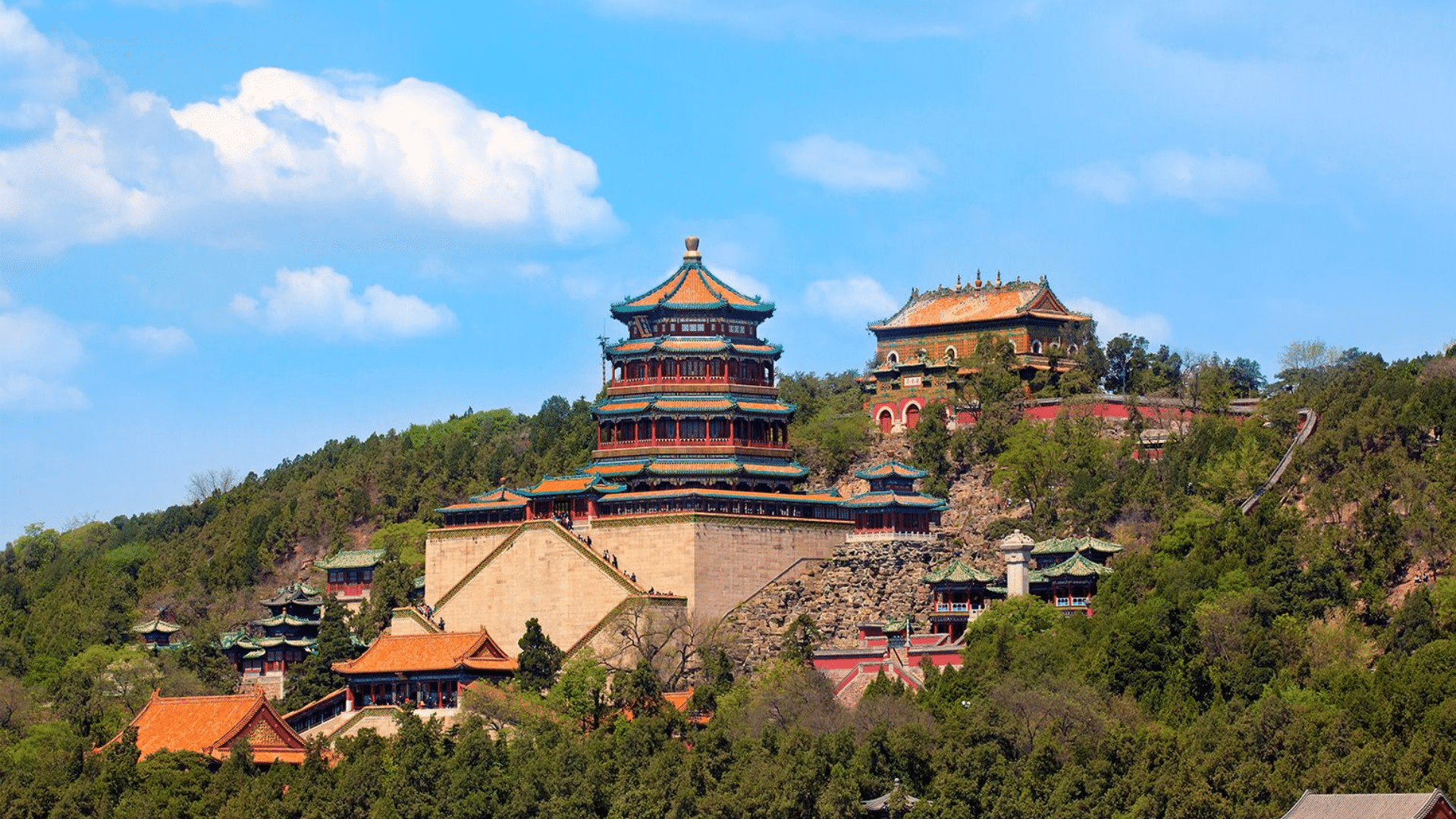
More than just a palace, this is a beautiful garden complex where royalty would escape city life; water bridges and green spaces create a peaceful retreat.
Key highlights:
- It covers 2.9 square kilometers
- Features a massive lake
- Includes beautiful gardens and pavilions
- Shows Chinese landscape design skills
6. Shaolin Temple (Henan)
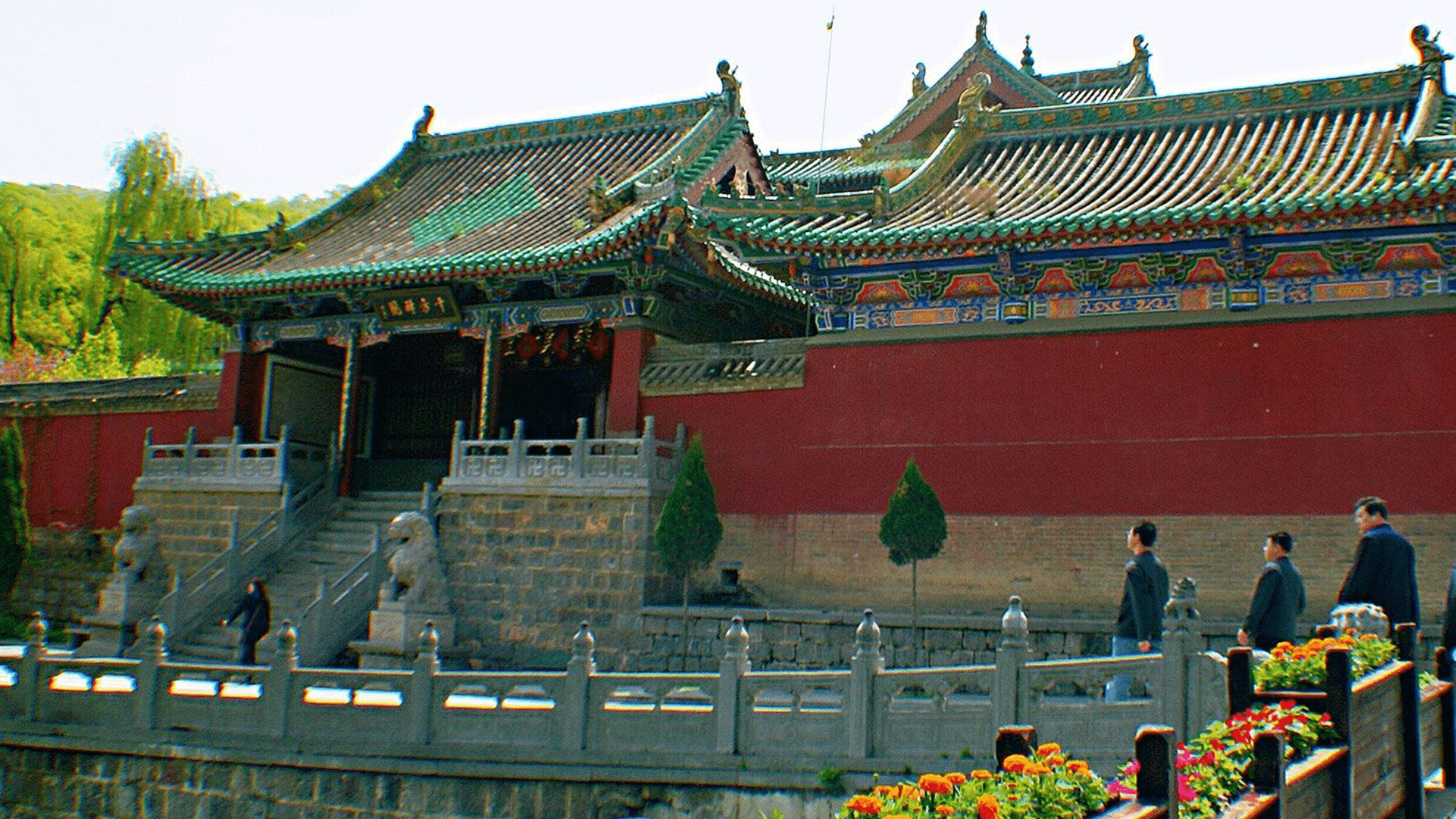
Famous for martial arts. This temple is more than a religious site. It’s a center of Chinese cultural history and fighting traditions.
Key highlights:
- Birthplace of Kung Fu
- Over 1.500 years old
- Located in the scenic mountain area
- Combines spiritual and physical training
7. Hanging Monastery (Shanxi)
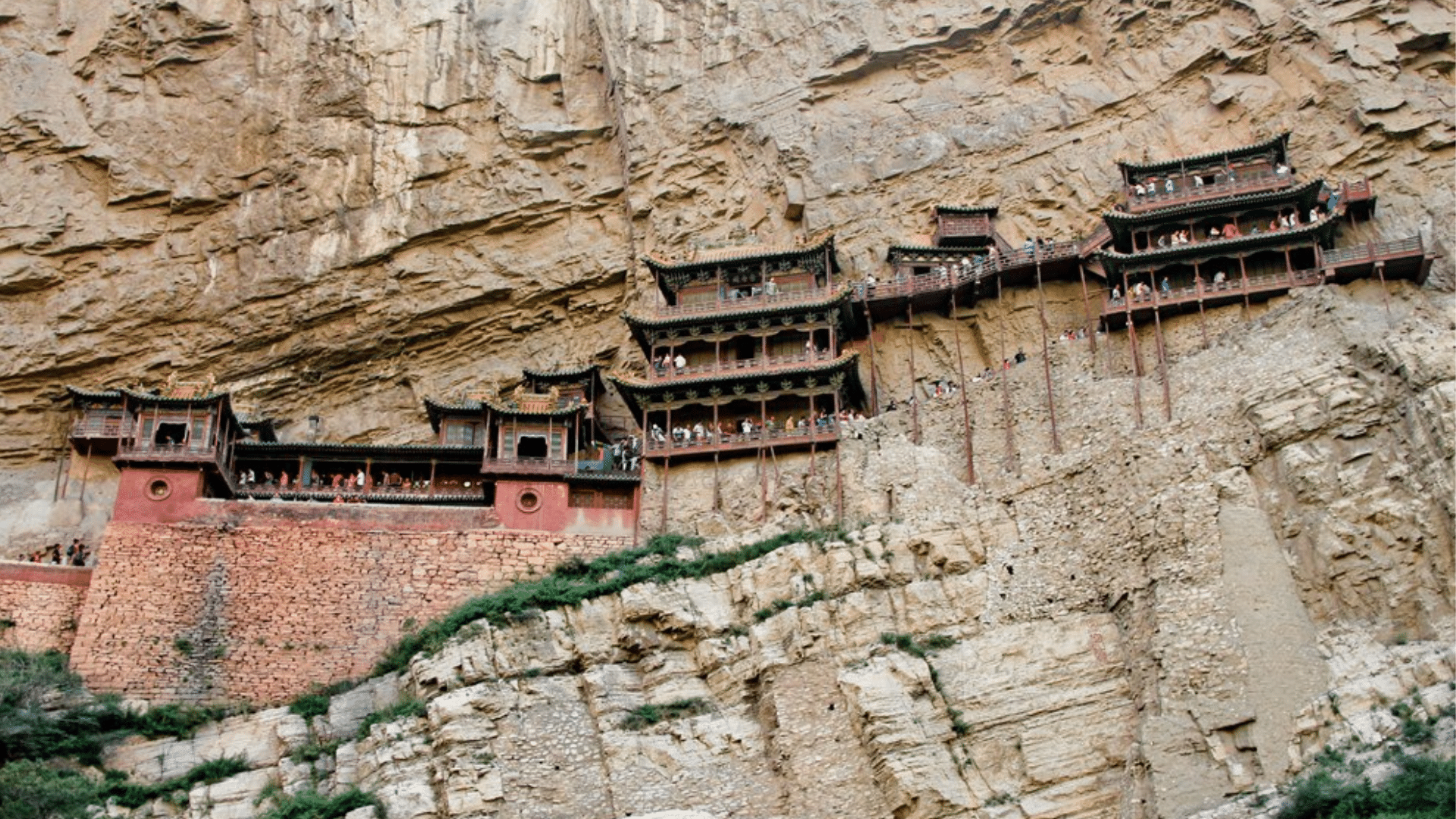
This incredible building seems to defy gravity. Built into a cliff face. It shows the amazing engineering skills of ancient Chinese builders.
Key highlights:
- Supports multiple religions
- Attached to a cliff
- It uses a complex wooden support system
- Survived for over 1.500 years
These buildings are more than stone and wood. They are living stories of China’s past and connecting us to centuries of human creativity and spirit.
Iconic Religious and Cultural Sites
Religious buildings in China are more than just structures. They are windows into the soul of Chinese culture. Each site tells a story of belief, wisdom, and human connection.
8. Temple of Confucius (Qufu)
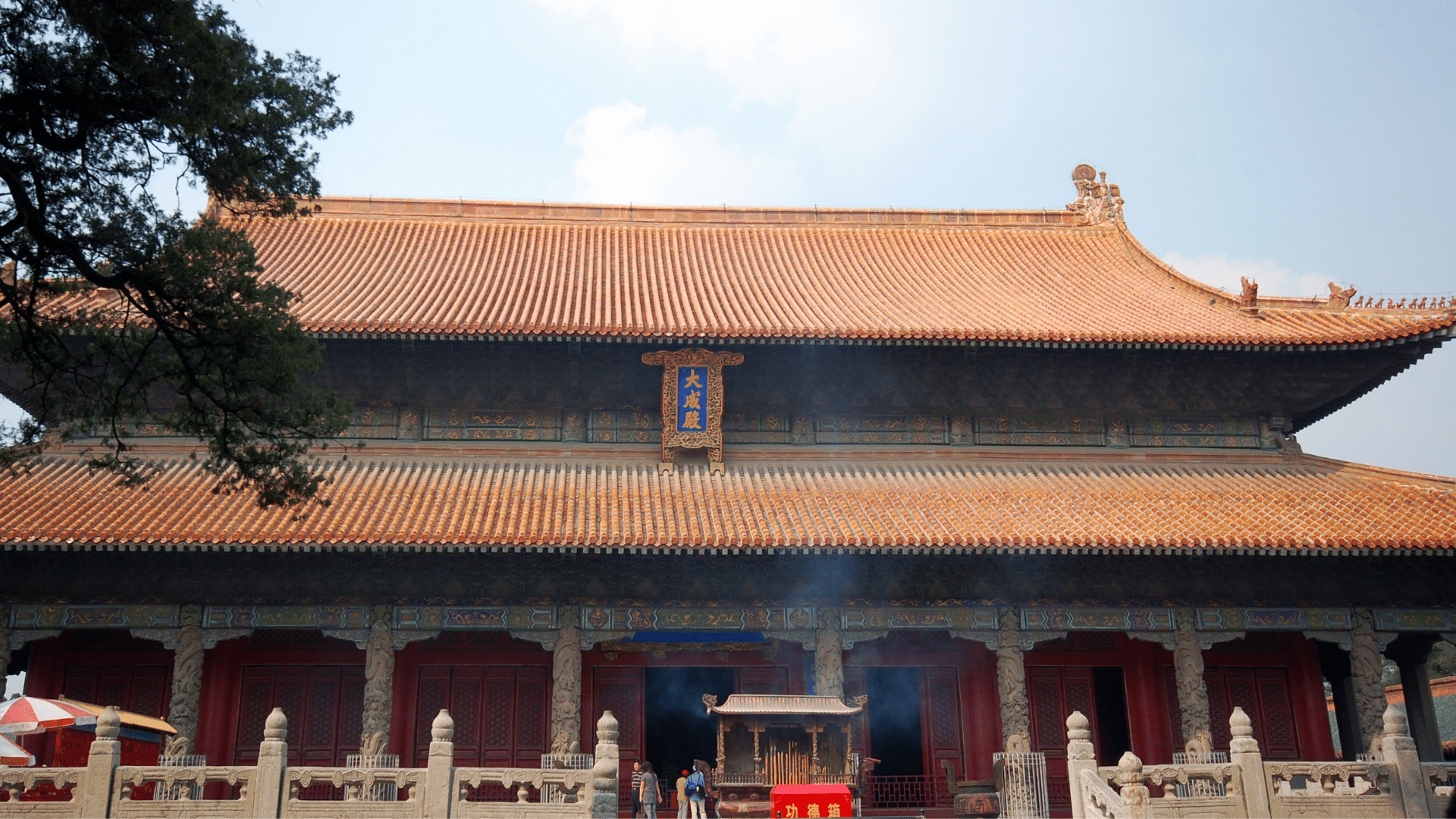
This temple honors the man who shaped Chinese thinking for thousands of years. Confucius was a teacher who changed how people understood education, society, and personal growth.
Key highlights:
- Located in Confucius’ hometown
- The largest and most important Confucian temple
- Covers 183 acres
- It contains over 460 rooms
9. Labrang Monastery (Gansu)
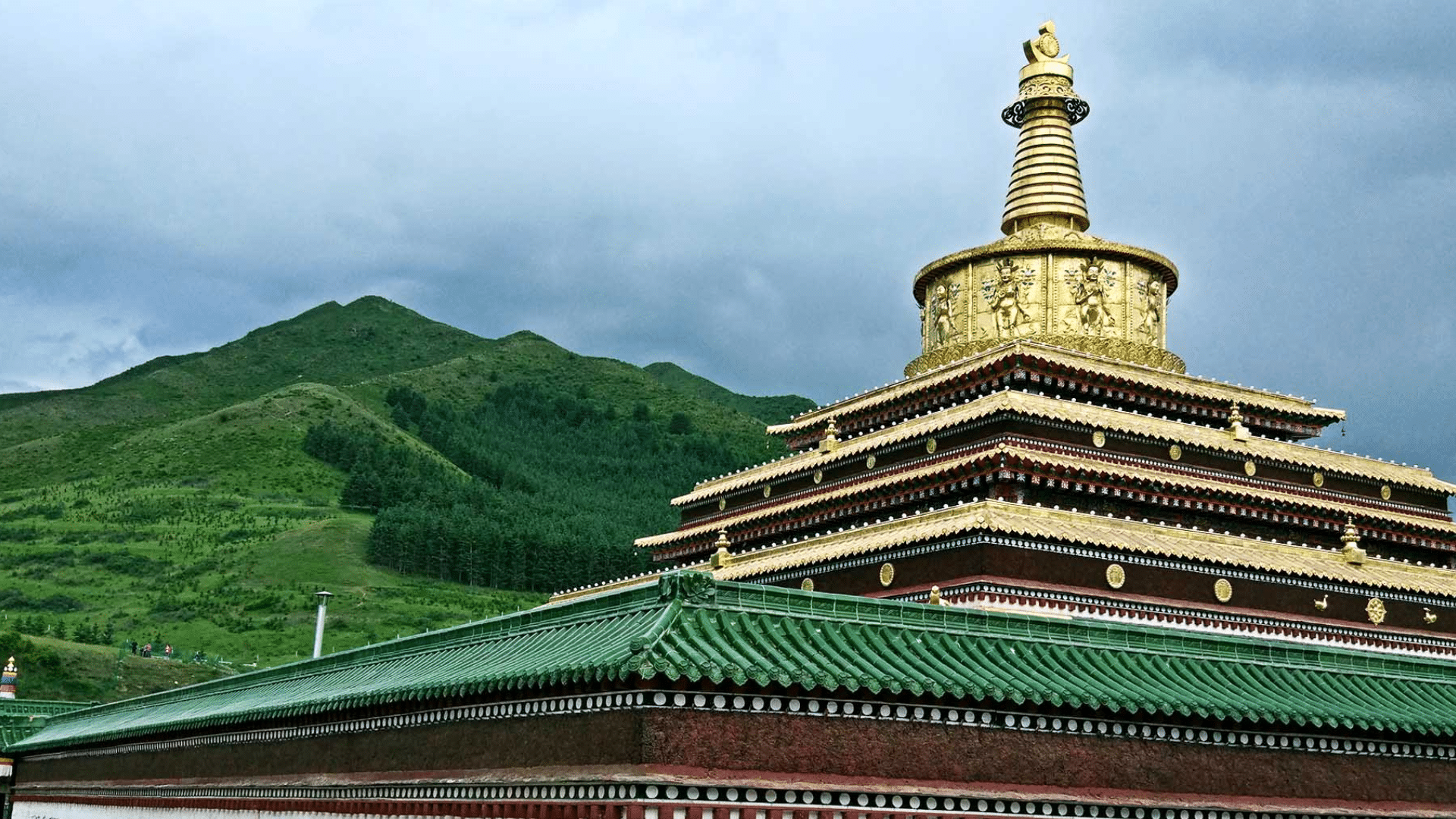
Sitting in the mountains of Gansu, this monastery is a center of Tibetan Buddhist learning and a powerful symbol of spiritual tradition and cultural heritage.
Key highlights:
- One of the six major monasteries of the Gelug school
- Home to over 1.000 monks
- It contains a massive library
- Preserves ancient Buddhist texts and traditions
10. Big Wild Goose Pagoda (Xi’an)
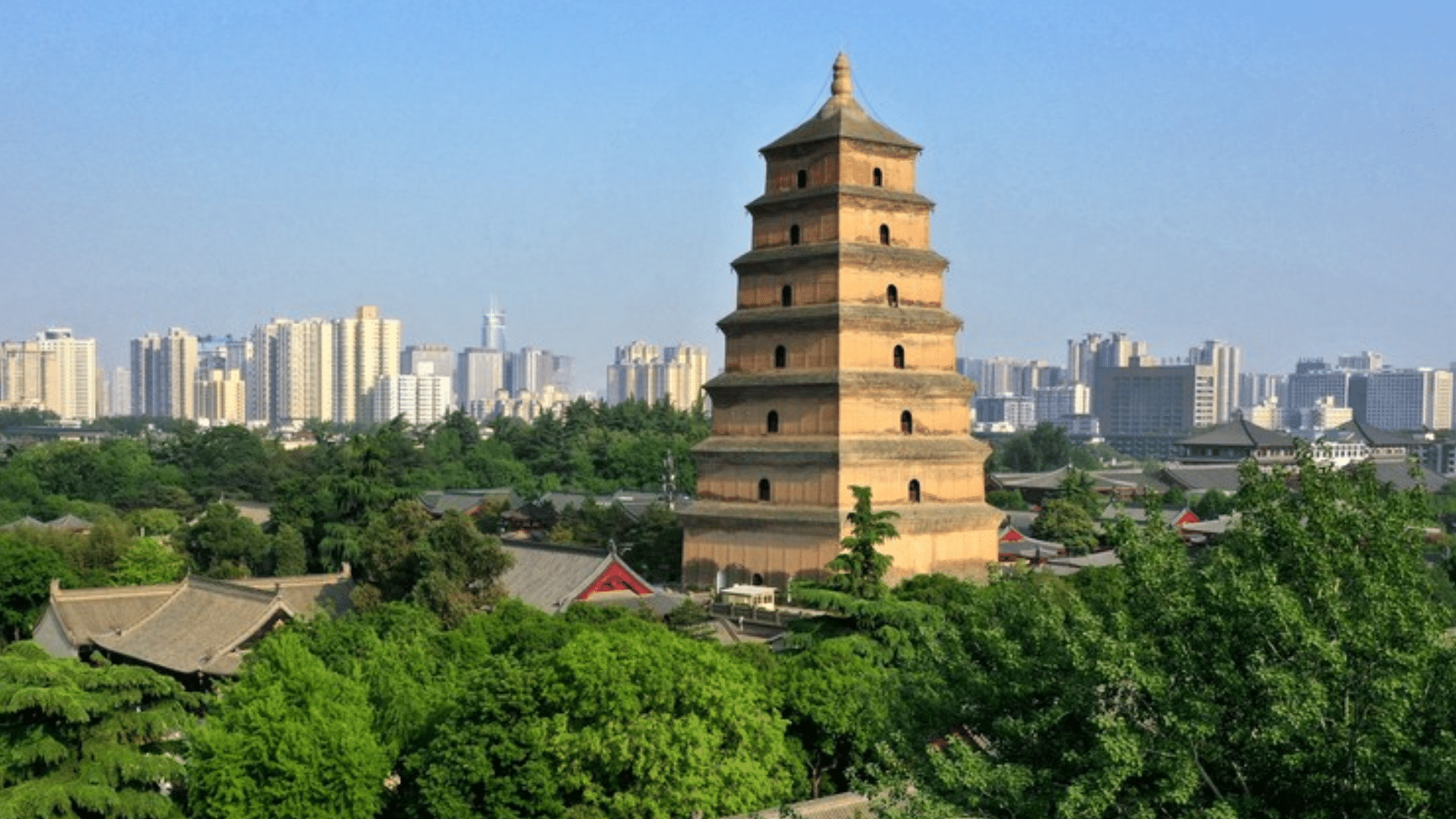
This pagoda, with its stunning tower that touches the sky, tells the story of Buddhism’s journey to China. It connects ancient spiritual teachings with architectural beauty.
Key highlights:
- Built during the Tang Dynasty
- Stores important Buddhist scriptures
- Designed to protect sacred writings
- Stands seven stories tall
- Represents the spread of Buddhism in China
These sites are more than buildings. They are living stories that show how ideas, beliefs, and culture come together. Each stone and carving tells a part of China’s deep and complex history.
From Confucius’s teachings to the spiritual depth of Buddhist monasteries, these places remind us that buildings can be much more than just walls and roofs.
They are memories of the human spirit, learning, and connection.
Modern and Contemporary Landmarks
China’s modern buildings show a world where imagination meets engineering. These structures tell the story of a country racing toward the future while respecting its rich past.
11. Shanghai Tower (Shanghai)
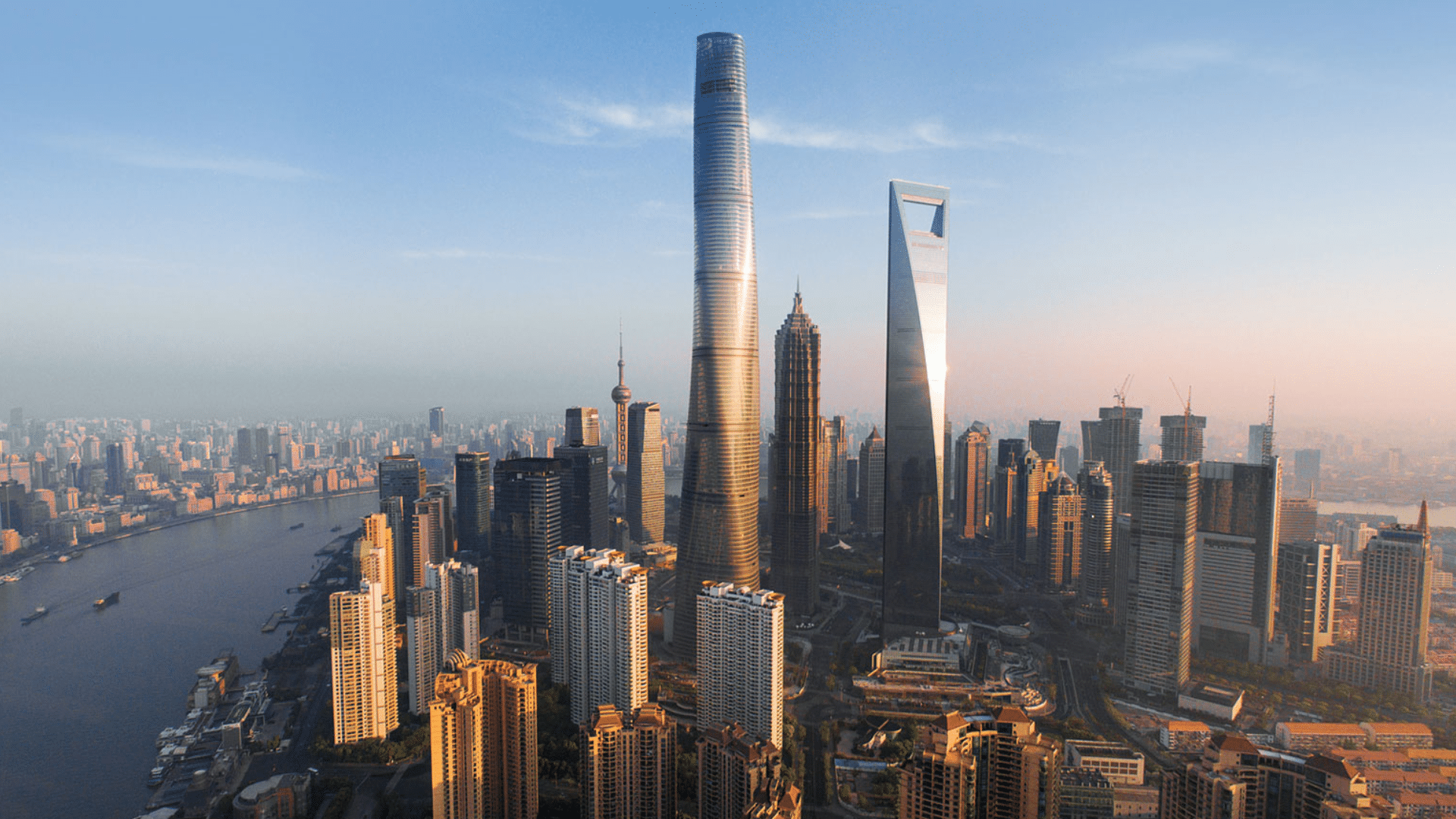
Standing tall in Shanghai’s skyline, this giant twists toward the sky like a massive glass tornado and symbolizes China’s rapid growth and technical skills.
Key highlights:
- Second tallest building globally
- 632 meters high
- Completed in 2015
- It uses an advanced wind-resistant design
- Includes multiple observation decks
12. CCTV Headquarters (Beijing)
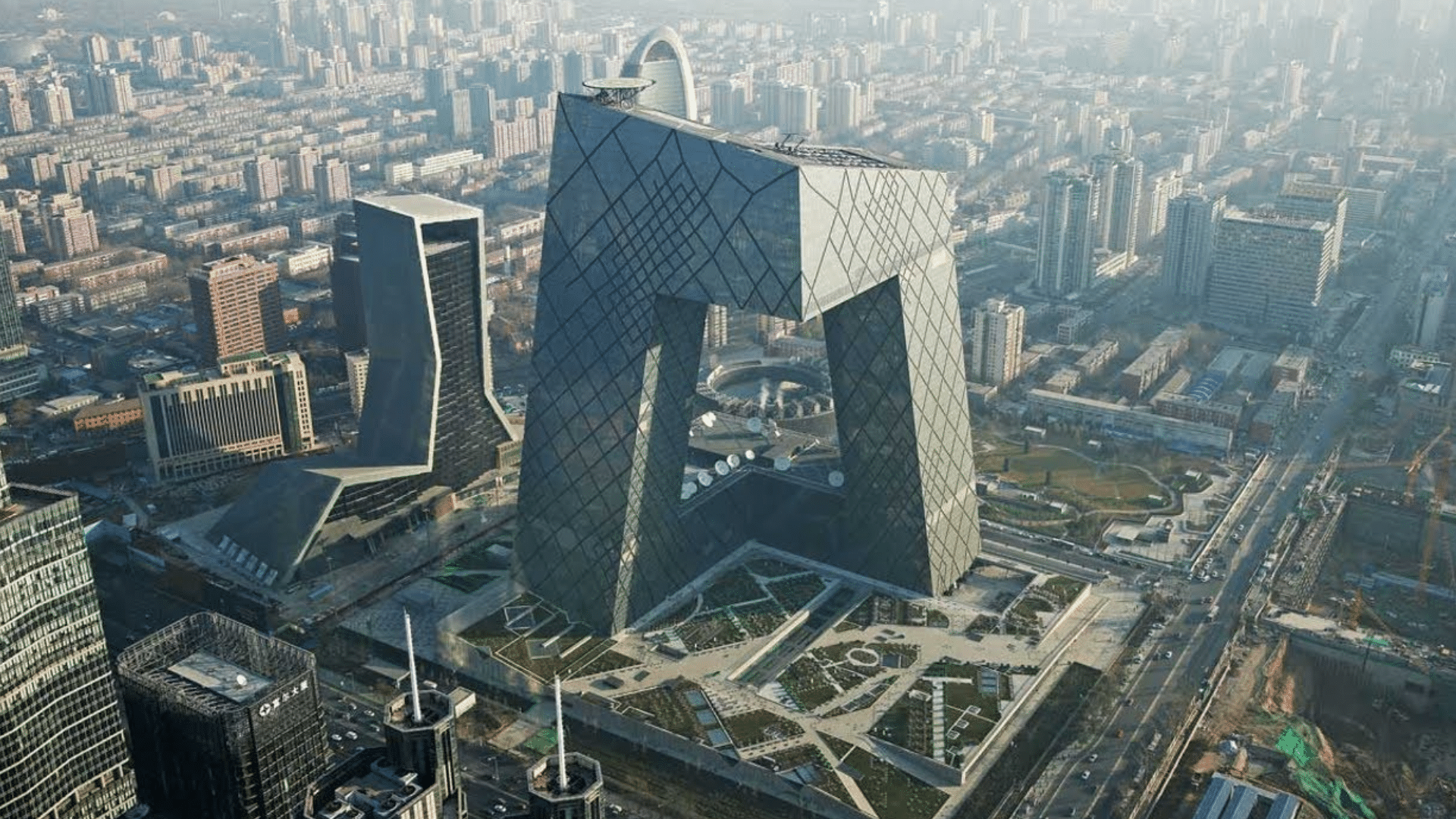
This building looks like nothing you’ve seen before. Its strange shape breaks all the rules of traditional architecture. It stands as a bold statement in Beijing’s city center.
Key highlights:
- Designed by famous architect Rem Koolhaas
- It looks like a giant twisted loop
- Houses national television headquarters
- Challenges traditional building designs
- Represents modern architectural thinking
13. National Centre for the Performing Arts (Beijing)
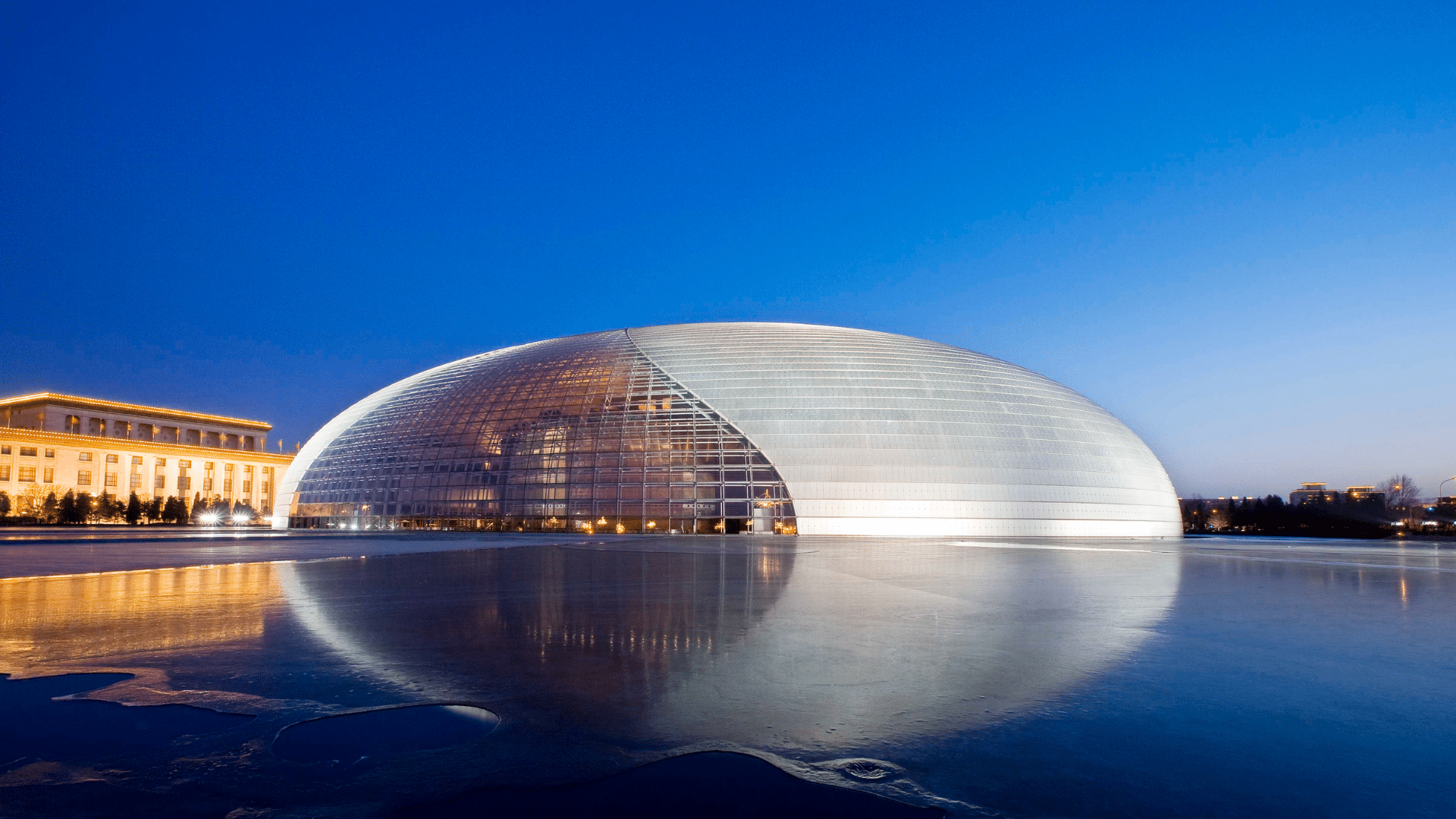
Locals call it The Giant Egg – and for good reason. This round building sits like a massive silver bubble in the heart of Beijing.
Key highlights:
- Surrounded by an artificial lake
- It looks like a massive dome
- Hosts world-class performances
- Designed by French architect Paul Andreu
- Combines art and architectural innovation
14. Beijing National Stadium (Bird’s Nest)
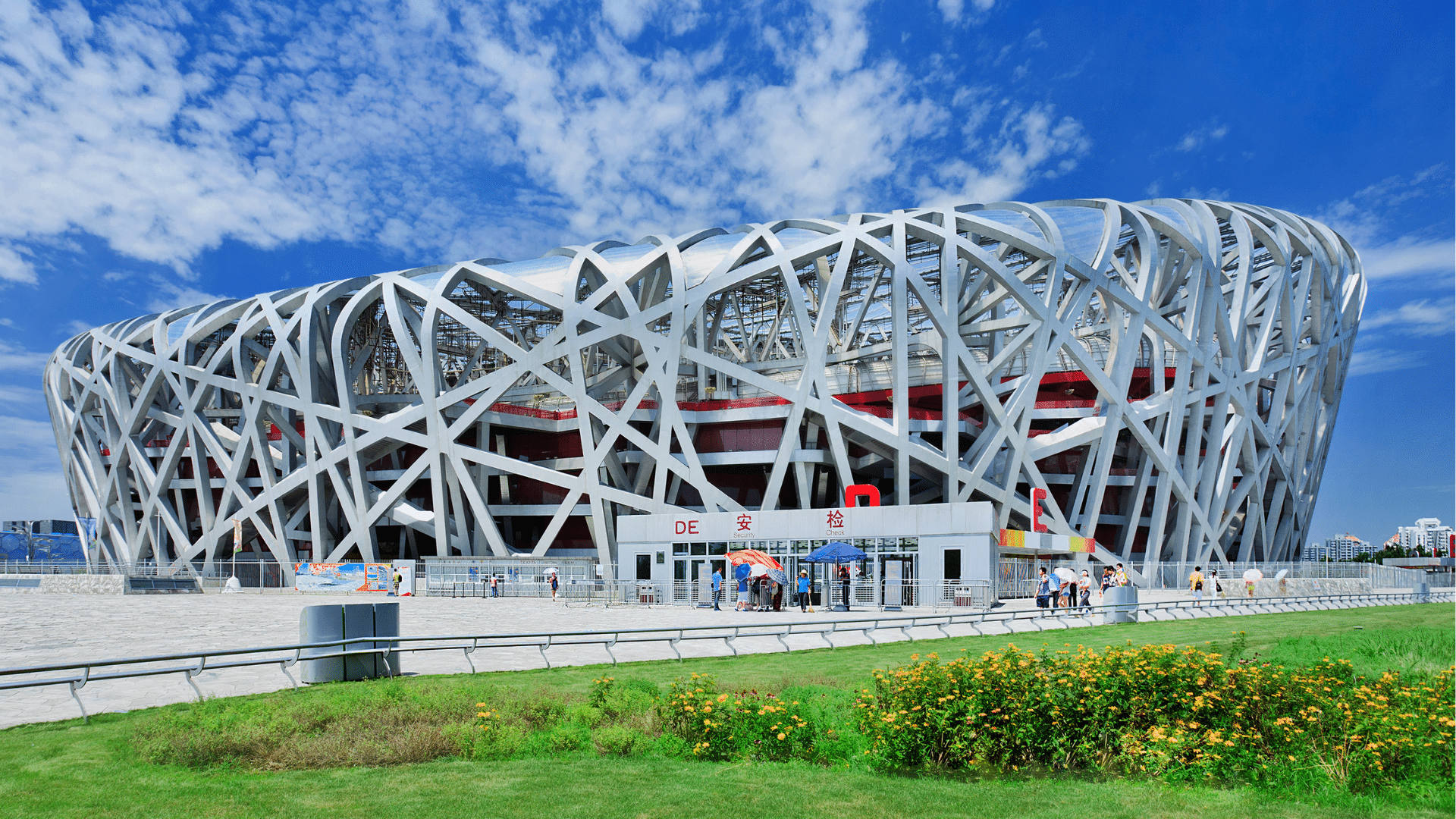
Built for the 2008 Olympics, this stadium looks like a giant steel nest. Its complex design makes it one of the most recognizable buildings in the world.
Key highlights:
- Nicknamed “the Bird’s Nest”
- Hosted 2008 Olympic opening ceremony
- Uses intricate steel web design
- Seats 80.000 people
- Became a global architectural icon
15. Oriental Pearl Tower (Shanghai)
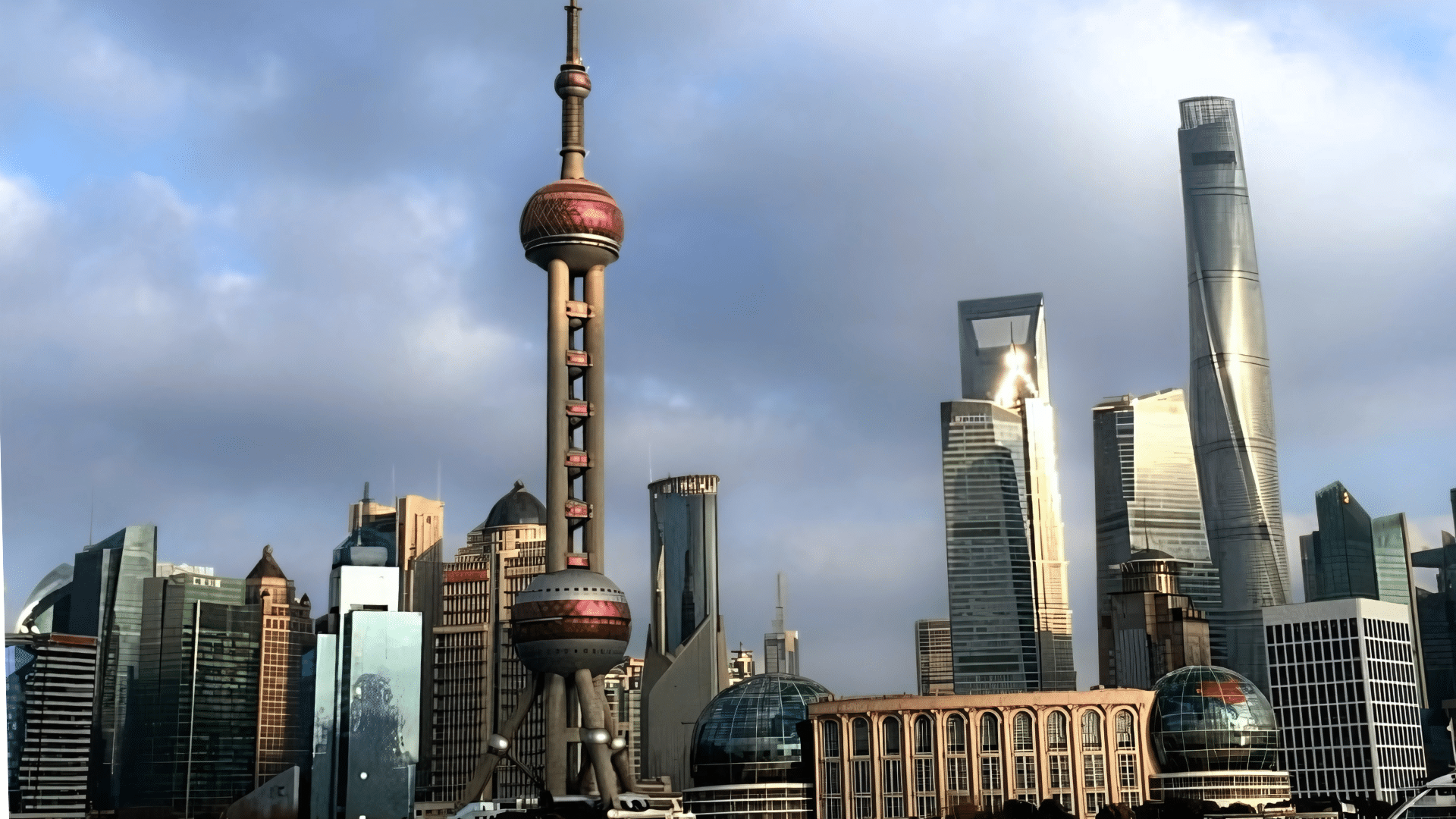
A unique tower that looks like a collection of pearls strung together. It’s been a key part of Shanghai’s skyline since the 1990s.
Key highlights:
- Features multiple spherical levels
- Height of 468 meters
- Includes observation decks
- Represents Shanghai’s modern spirit
- Symbol of the city’s technological progress
16. Guangzhou Opera House (Guangzhou)
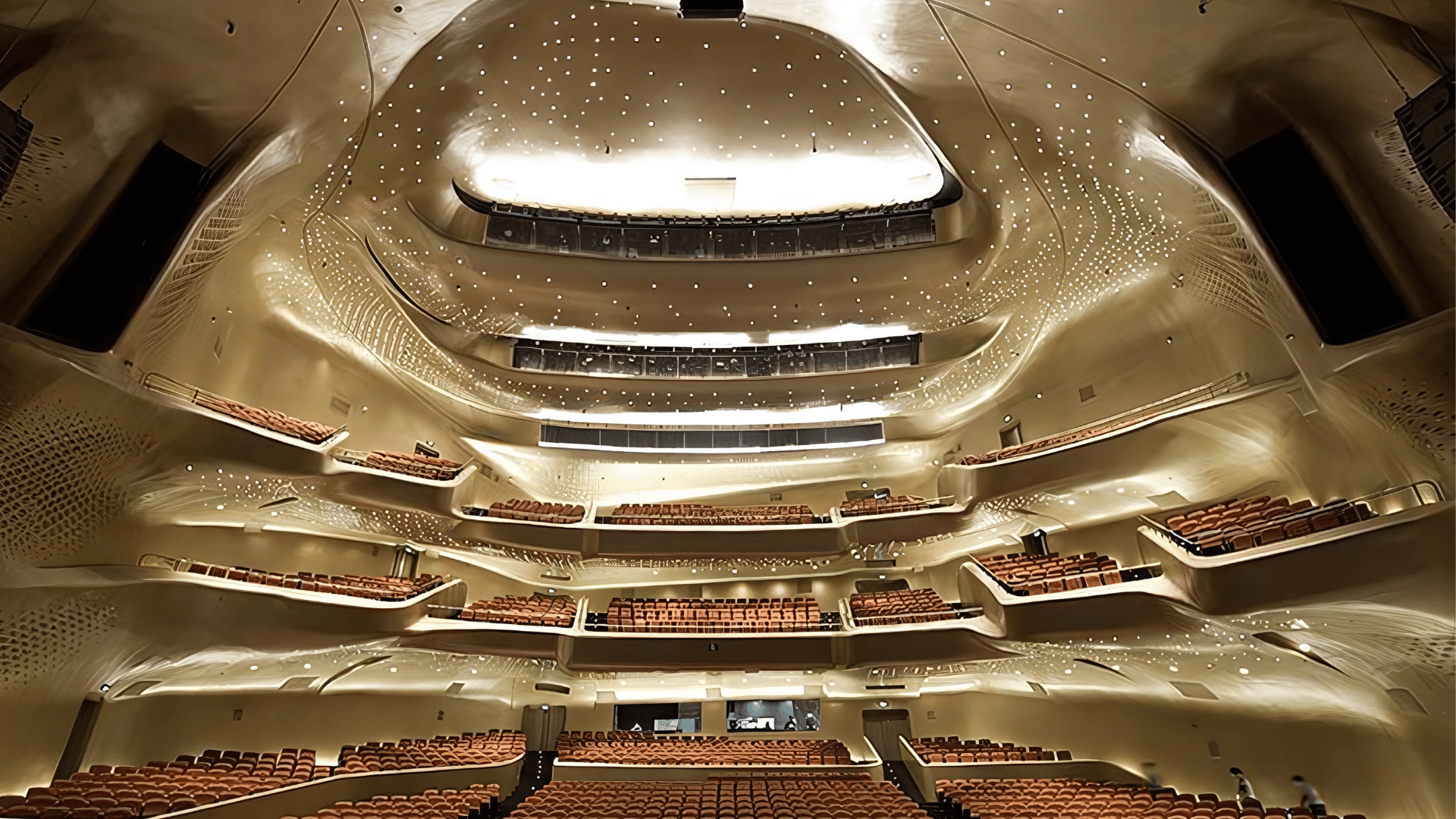
Designed by legendary architect Zaha Hadid, this building looks like smooth stones shaped by water. It’s a work of art that also happens to be a world-class performance venue.
Key highlights:
- It looks like natural rock formations
- Located near the Pearl River
- Combines building and landscape
- Designed with fluid. organic shapes
- Represents cutting-edge architectural design
These modern landmarks show how China blends creativity, technology, and cultural identity. Each building tells a story of a country moving forward while staying true to its roots.
Unique and Lesser-Known Gems
Some buildings tell stories that go beyond typical architecture. These structures show creativity, innovation, and the human spirit of thinking differently.
17. Ningbo History Museum (Ningbo)
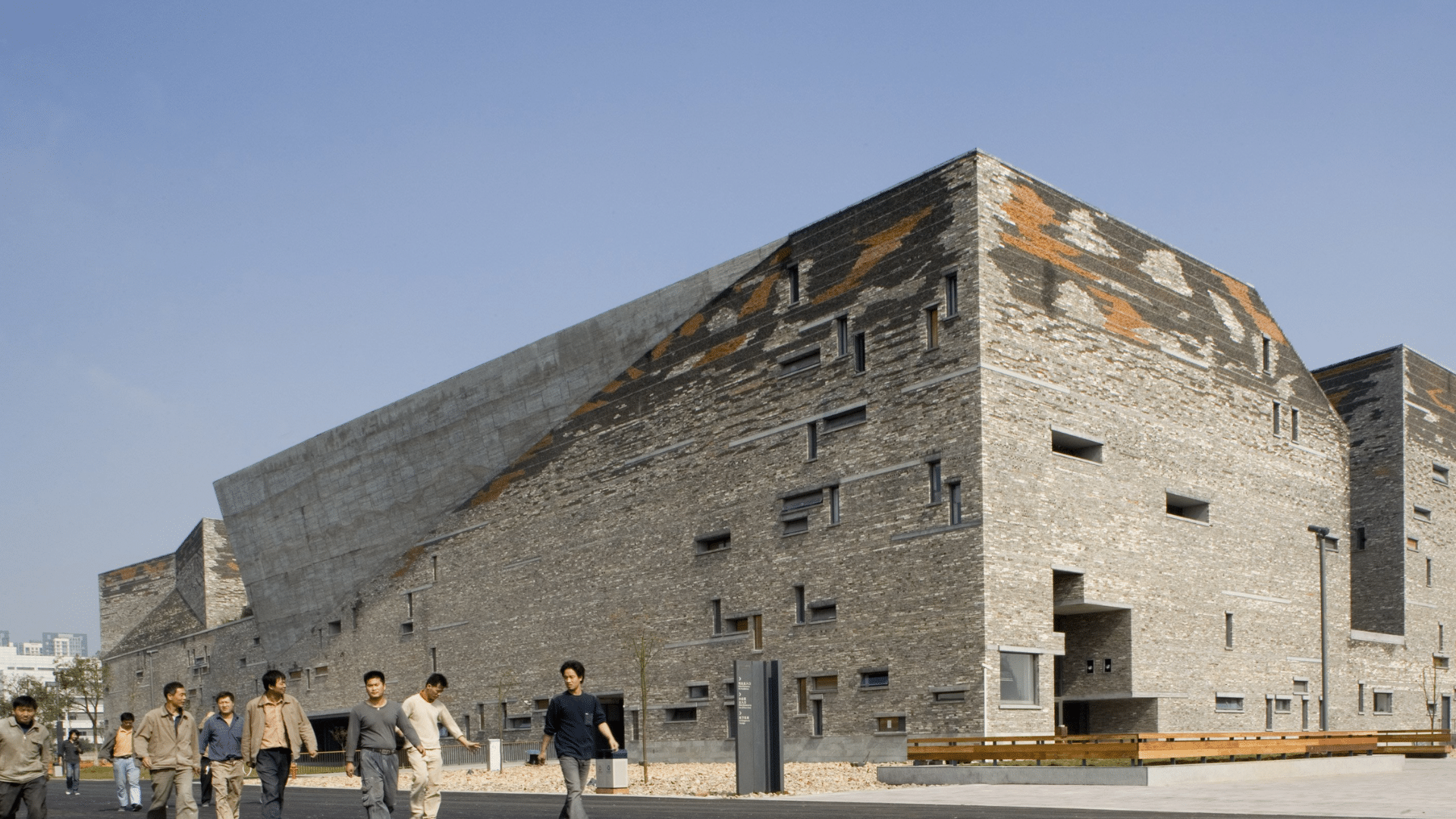
This museum is not just a building. It’s a piece of art made from recycled materials. Local architect Wang Shu created a structure that looks like it grew right out of the earth.
Key highlights:
- Built using salvaged bricks and tiles
- It looks like a massive stone fortress
- Wins awards for sustainable design
- Blends with natural surroundings
- It shows how old materials can create new beauty
18. Kowloon Ventilation Building (Hong Kong)
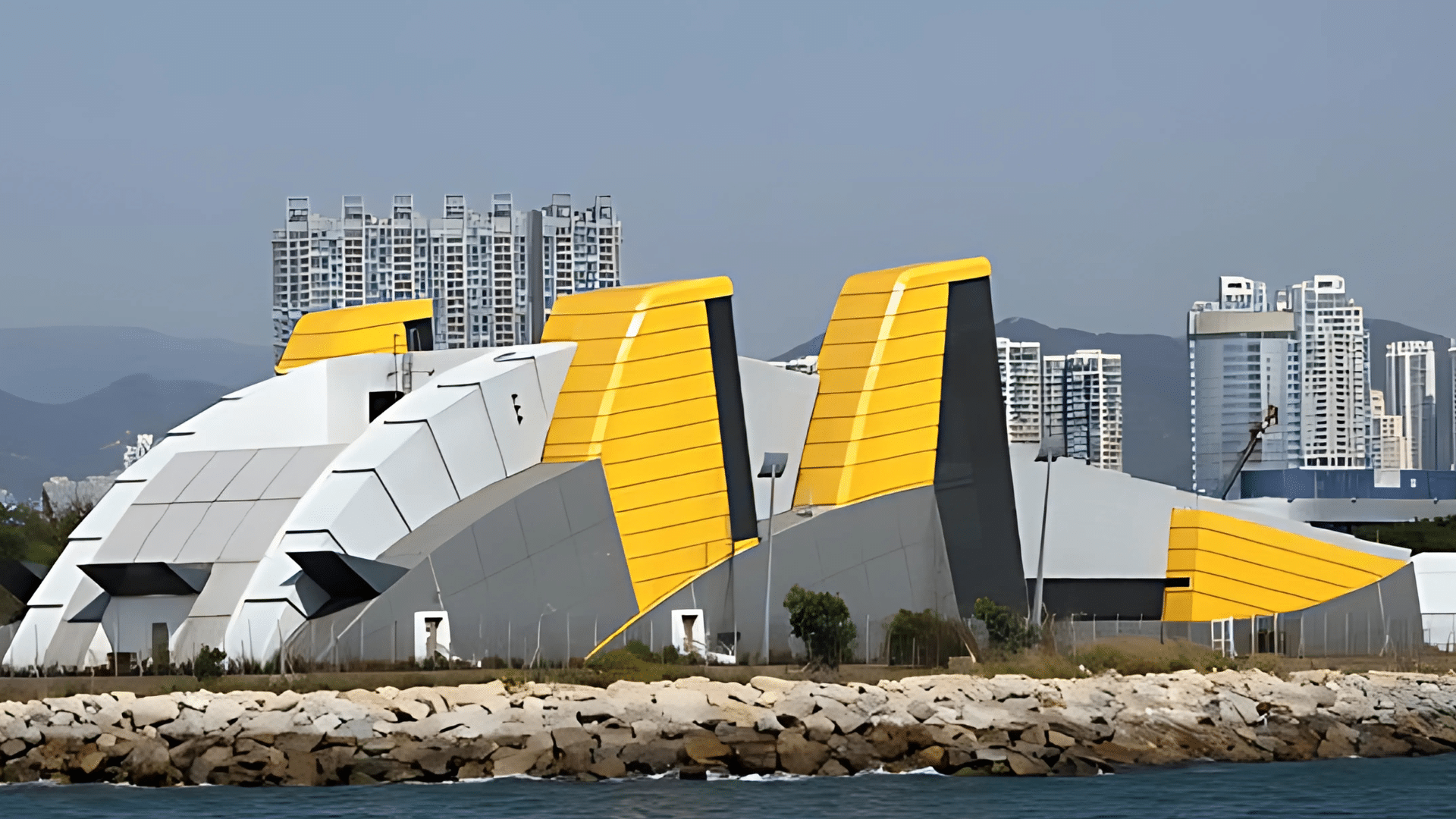
Who says industrial buildings can’t be beautiful? This structure proves that even practical buildings can be works of art.
Key highlights:
- Part of a subway system
- Looks like a modern sculpture
- Turns a functional need into a visual design
- Stands out in Hong Kong’s urban landscape
- Proves beauty can be found everywhere
19. Workers’ Stadium (Beijing)
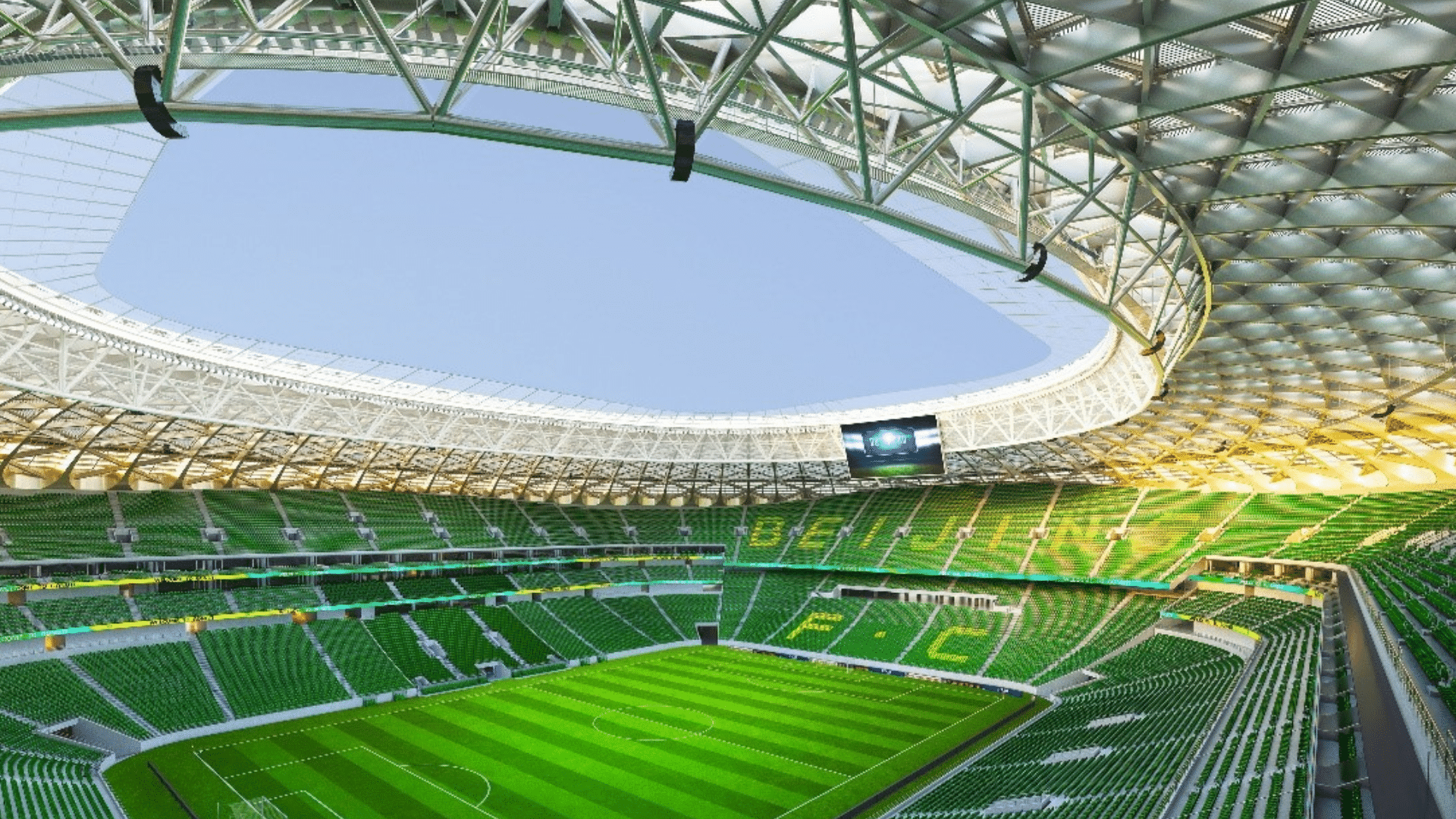
More than just a sports venue, this stadium tells the story of China’s mid-20th-century architectural vision. It represents a time of big changes and national pride.
Key highlights:
- Built-in the 1950s
- Symbol of socialist architecture
- Located in central Beijing
- Hosted important sporting events
- Represents a specific moment in China’s history
Each of these buildings shows that architecture is about more than just walls and roofs. They tell stories, capture moments, and show how people think about space and design.
These structures remind us that every building has a soul, a history, and a way of connecting us to the world around us.
Additional Famous Structures Worth Seeing
China continues to amaze with buildings that push the limits of imagination. These final structures show how creativity meets engineering in spectacular ways.
20. Tiananmen (Beijing)
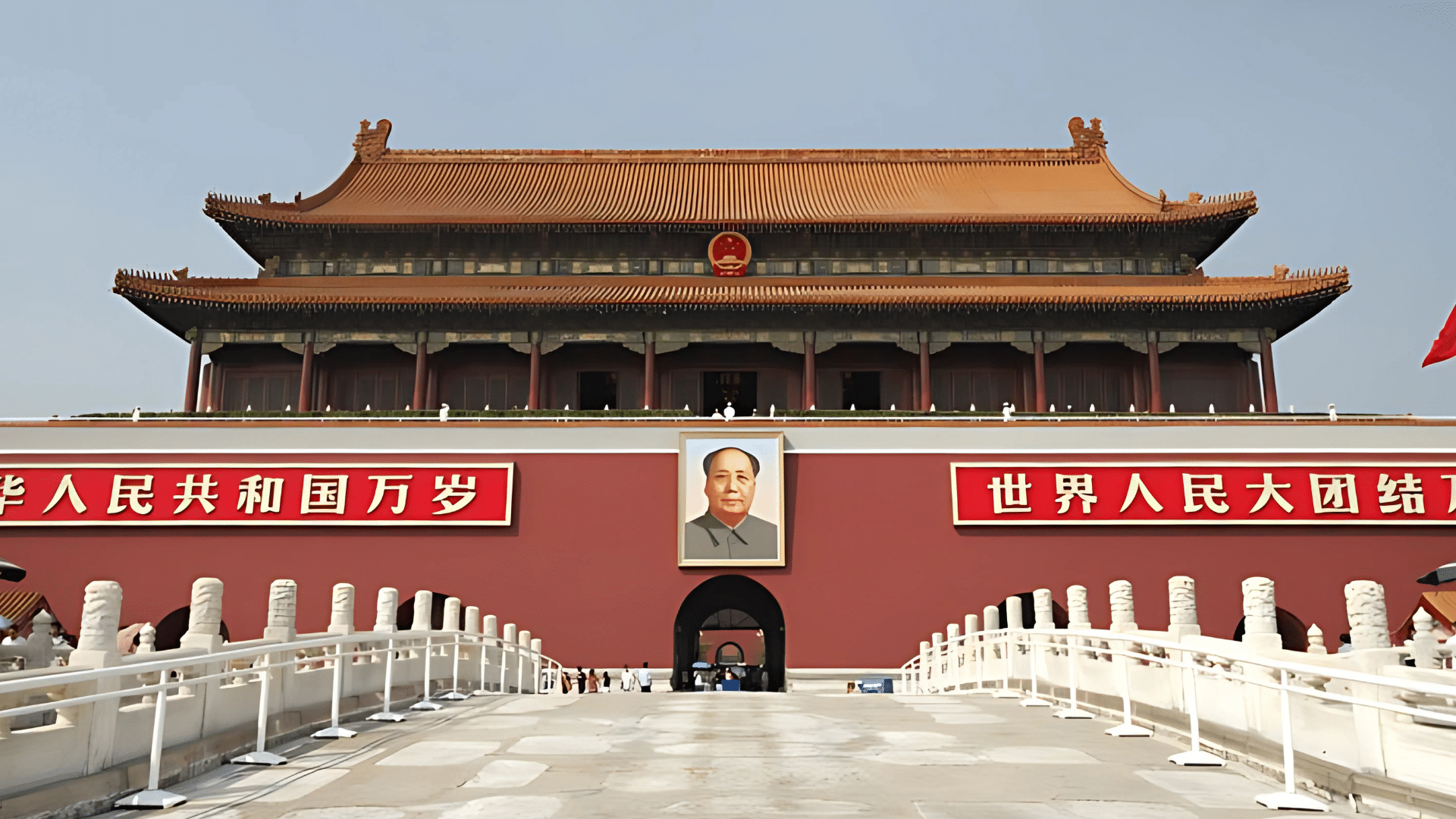
More than just a gate, Tiananmen stands as the heart of Beijing. It’s a symbol of national pride and historical significance.
Key highlights:
- Located in the city center
- Marks entrance to Forbidden City
- Represents China’s political history
- Important national landmark
- Connects past and present
21. Beijing Daxing International Airport (Beijing)
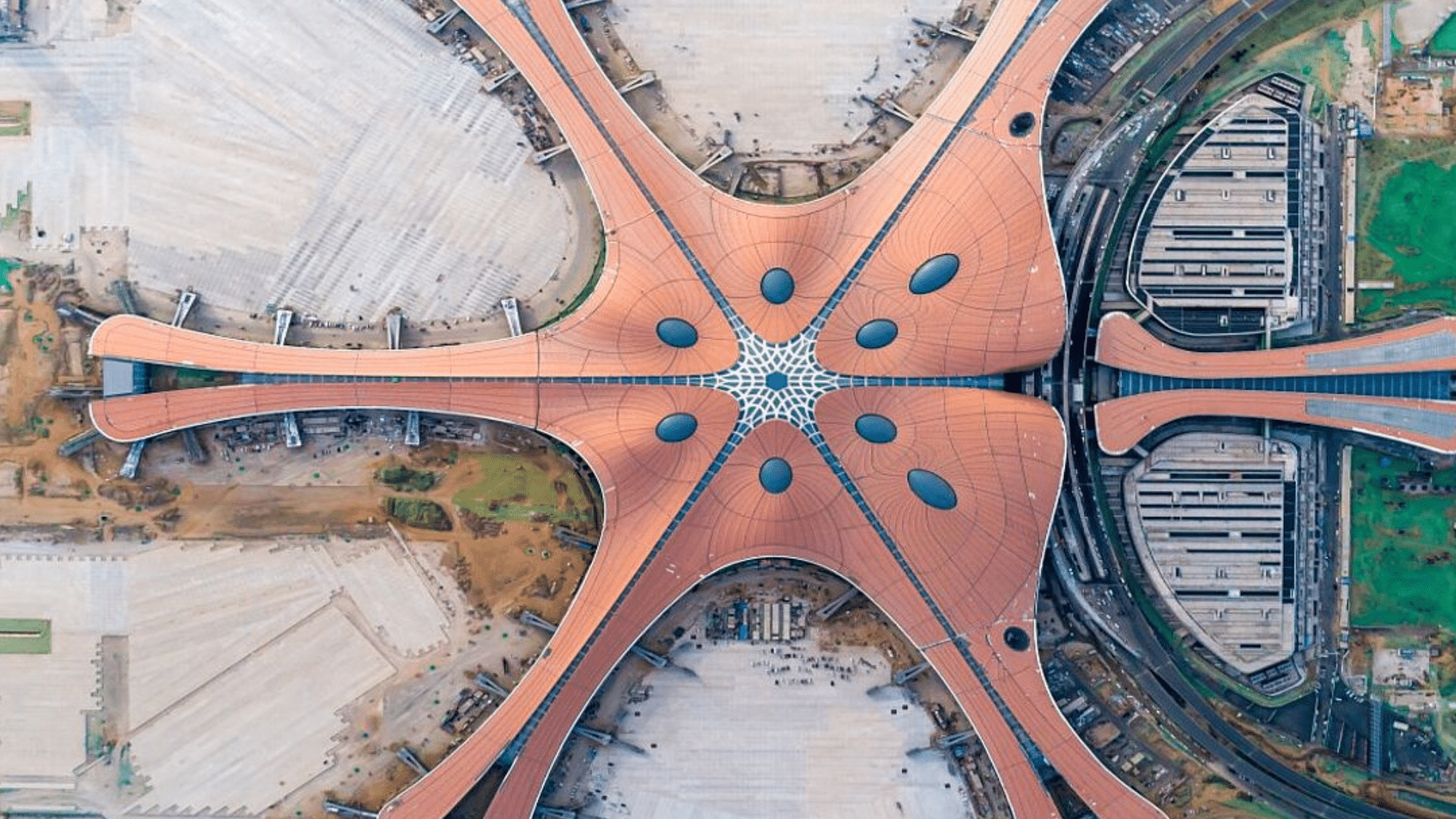
This airport looks like a giant starfish from above. Designed by famous architect Zaha Hadid, it shows how buildings can be both functional and beautiful.
Key highlights:
- Shaped like a starfish
- Largest single-building airport
- Covers 700.000 square meters
- Uses smart energy designs
- Connects multiple transportation systems
22. Bank of China Tower (Hong Kong)
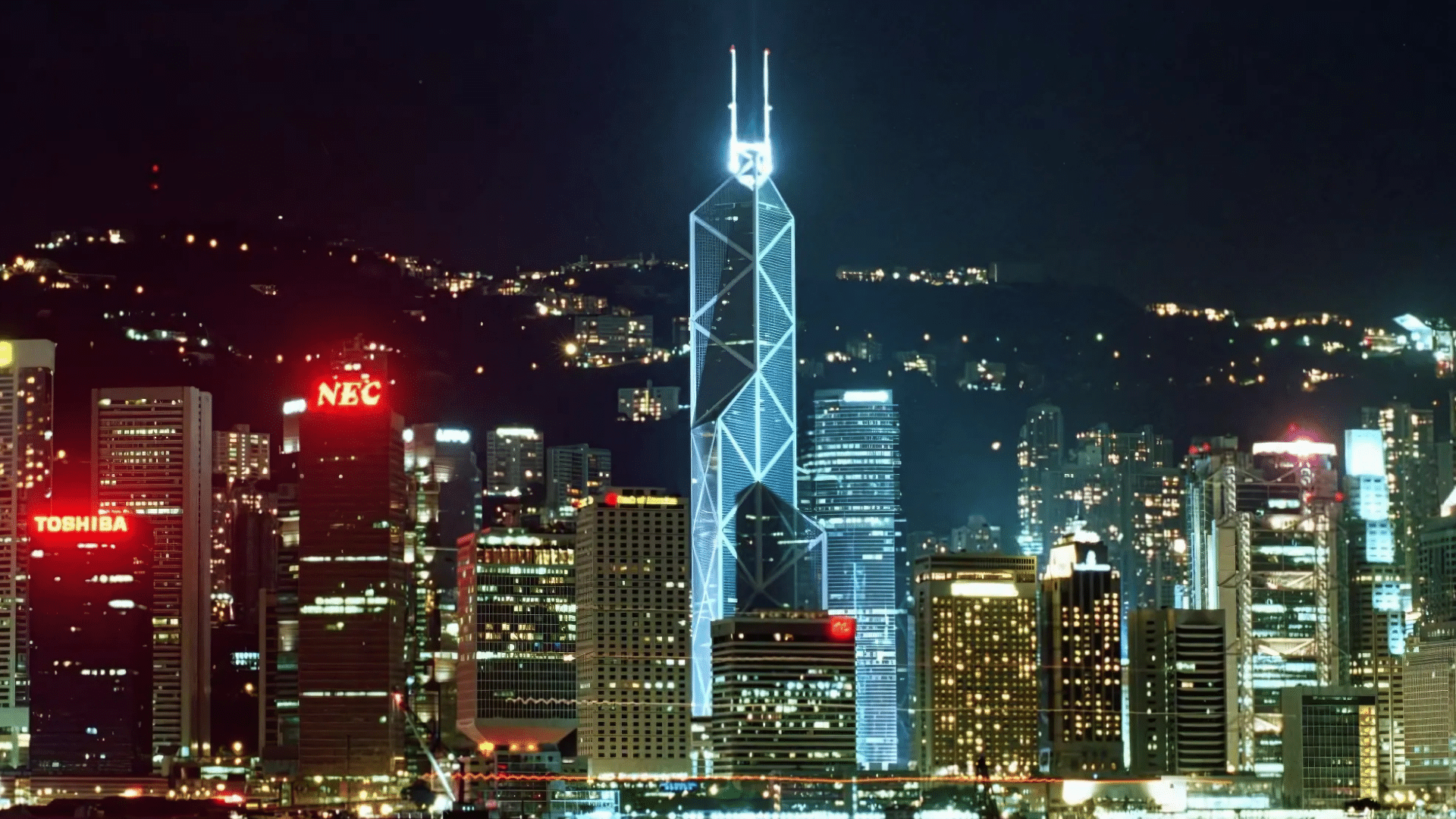
Standing tall in Hong Kong’s skyline, this tower looks like a collection of bamboo sticks reaching toward the sky. Designed by I.M. Pei, It’s a masterpiece of modern architecture.
Key highlights:
- Unique triangular framework
- Reflects traditional Chinese elements
- Height of 367 meters
- An iconic part of Hong Kong’s skyline
- Completed in 1990
23. China Zun Tower (Beijing)
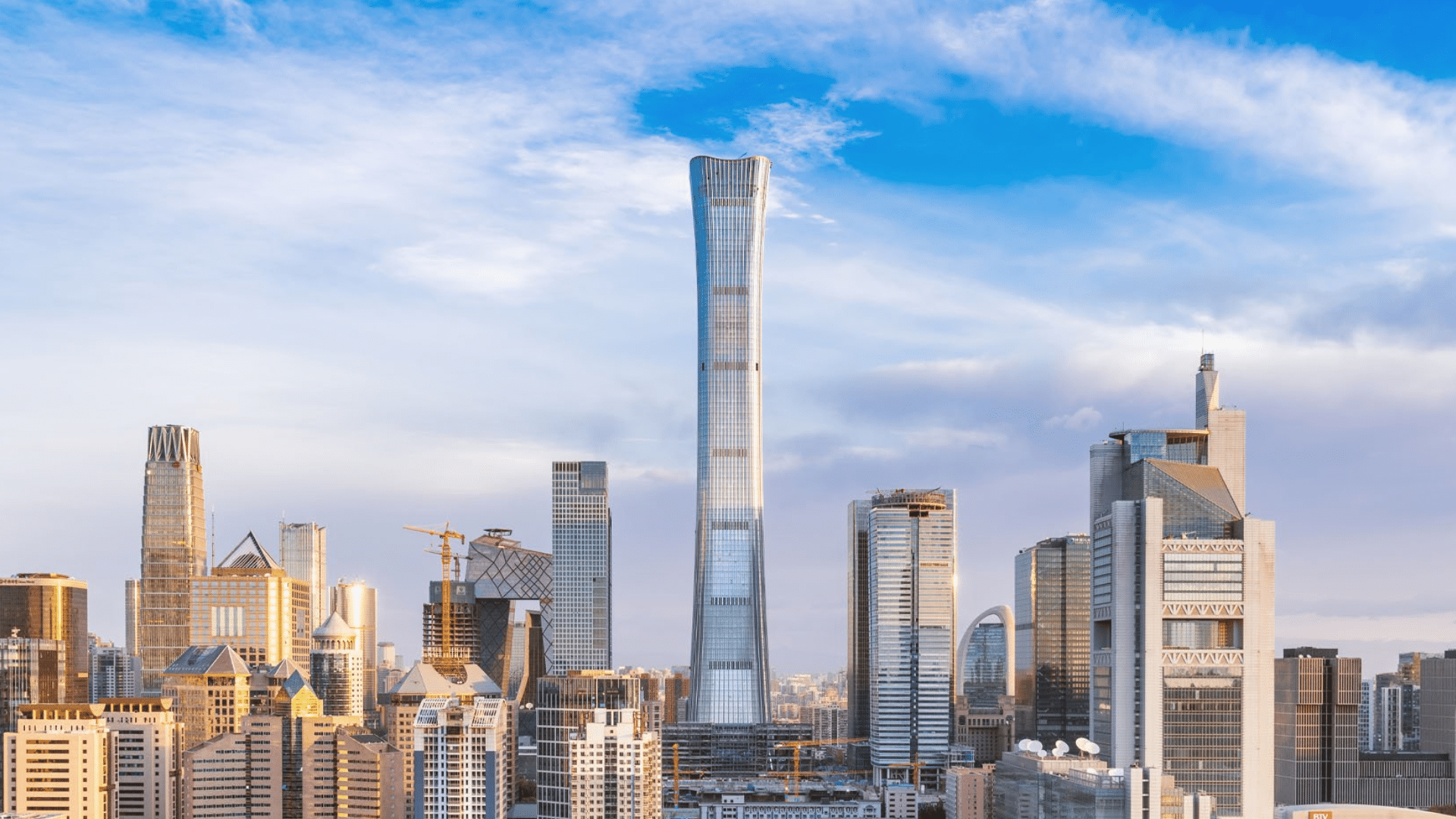
Named after an ancient Chinese ritual vessel, this building looks like a modern version of a traditional container. It is the tallest building in Beijing.
Key highlights:
- 528 meters tall
- It looks like a traditional Chinese zun
- Located in the central business district
- Represents modern Chinese design
- Combines tradition and innovation
24. Galaxy SOHO (Beijing)
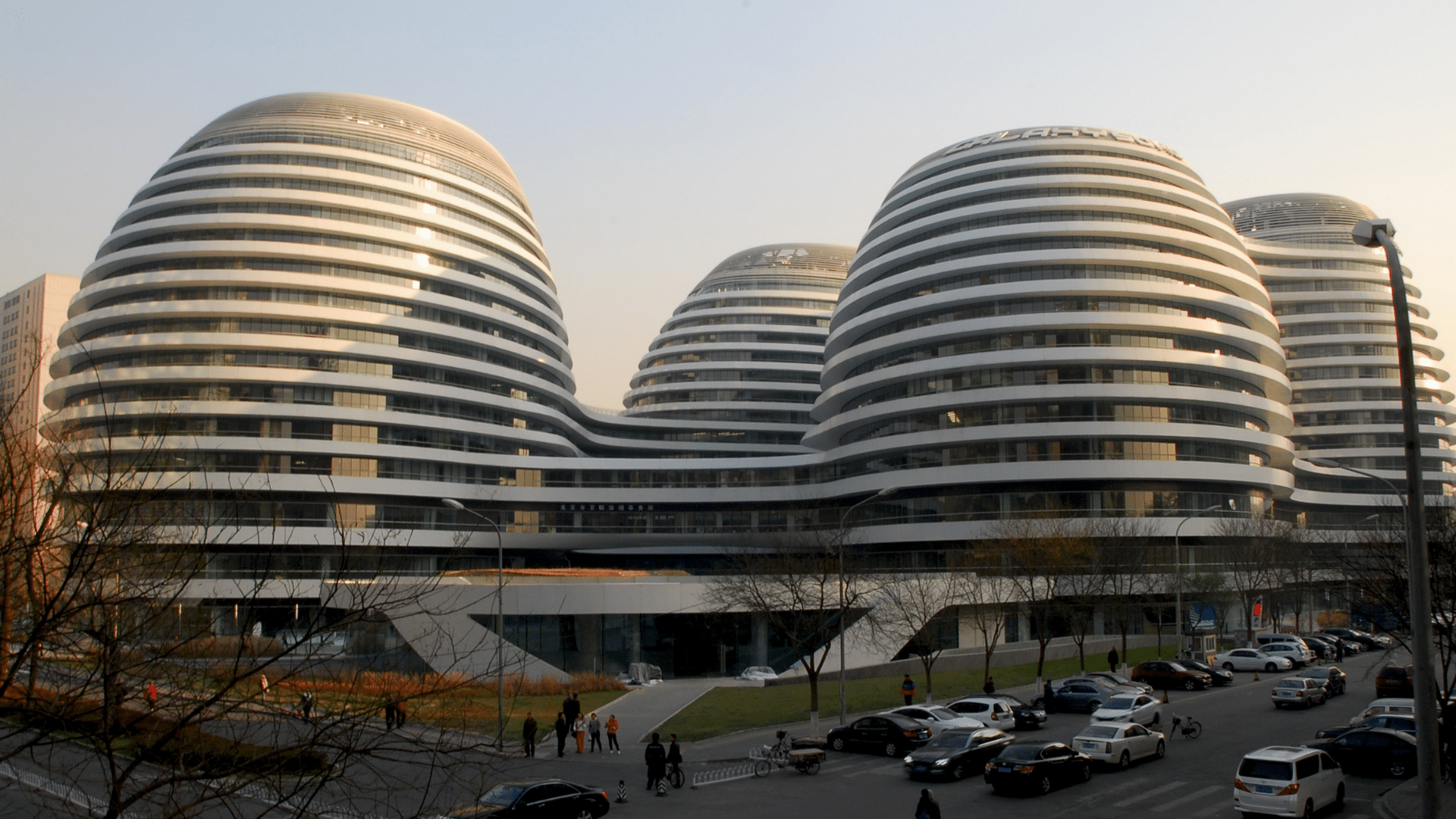
This building looks like it flew in from the future. Smooth, curved shapes connect multiple domes in a way that seems to defy gravity.
Key highlights:
- Designed by Zaha Hadid
- It looks like flowing curves
- Connects multiple circular buildings
- Uses smooth. white surfaces
- Represents modern urban design
25. Chengdu New Century Global Center (Chengdu)
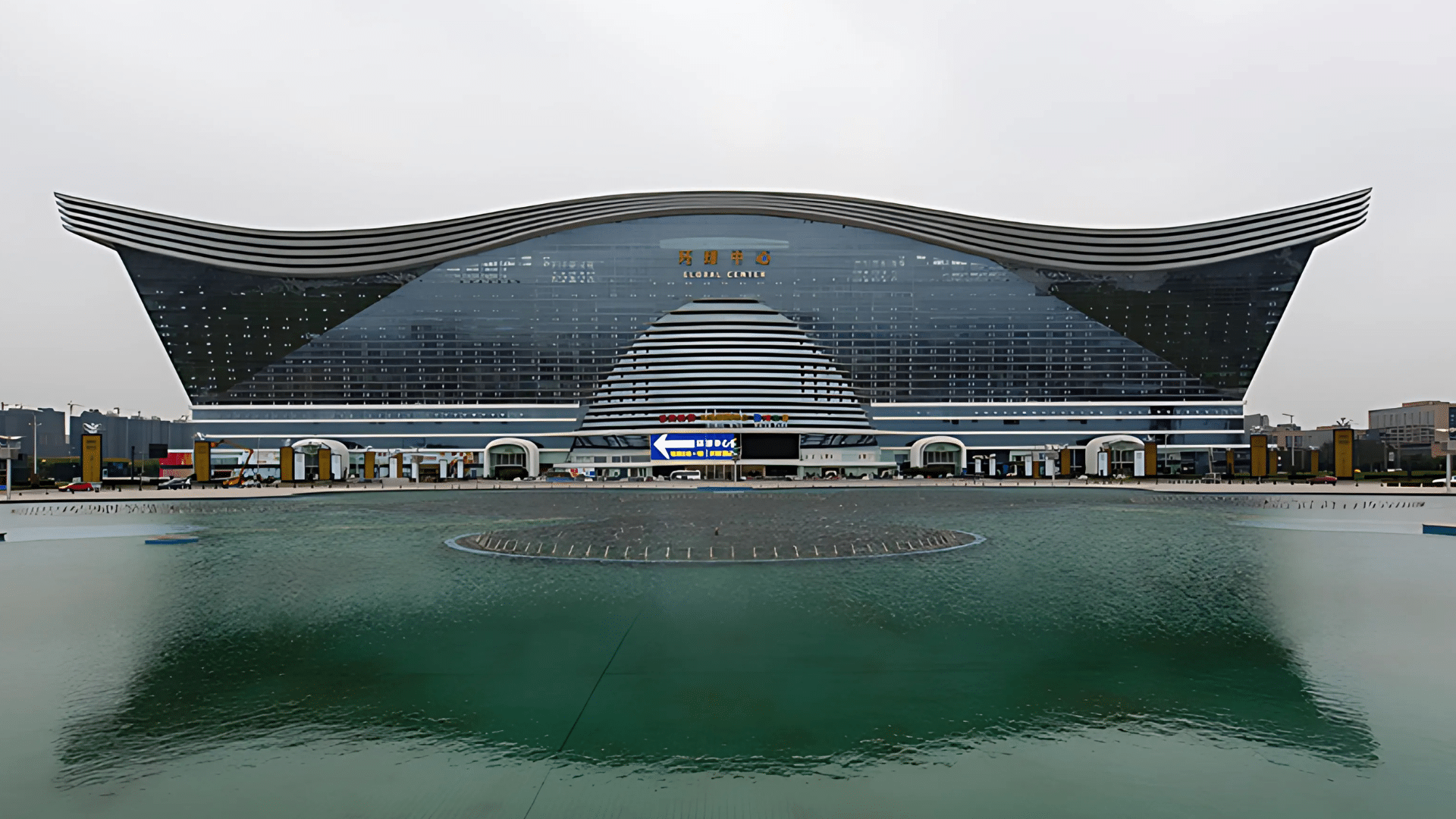
Imagine the world’s largest building. Now, fill it with shops, hotels, and even a water park. This massive structure does exactly that.
Key highlights:
- The largest building by floor area
- It contains multiple entertainment spaces
- Covers 1.7 million square meters
- Includes indoor beach
- Houses, hotels, offices, and shopping areas
26. Suzhou Museum (Suzhou)
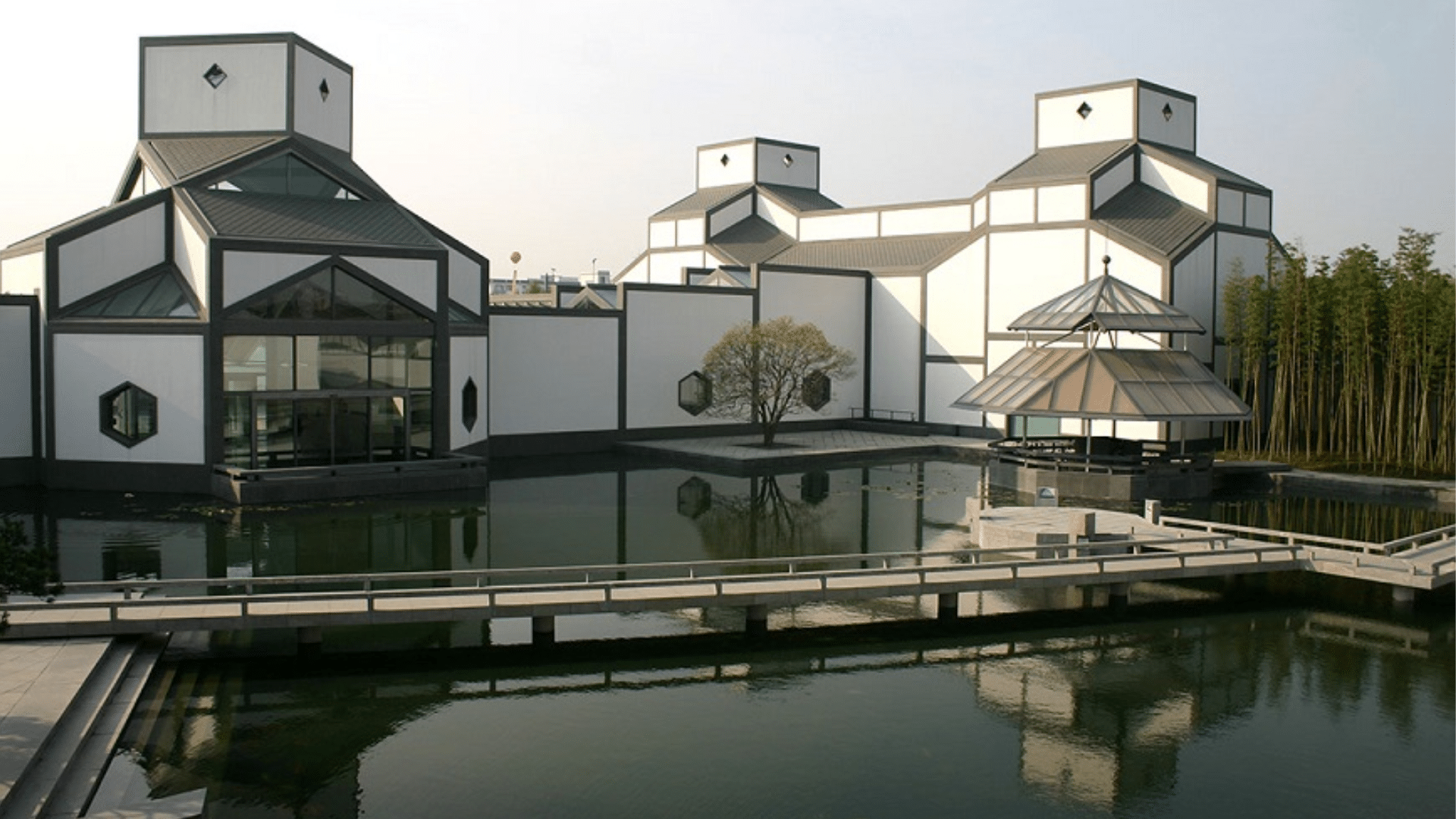
Designed by I.M. Pei, this museum shows how traditional Chinese design can meet modern architecture. It’s a beautiful blend of old and new.
Key highlights:
- Created by legendary architect I.M. Pei
- Blends traditional and modern styles
- Uses clean. simple lines
- Reflects local architectural traditions
- Connects past and present design
27. Longmen Grottoes (Luoyang)
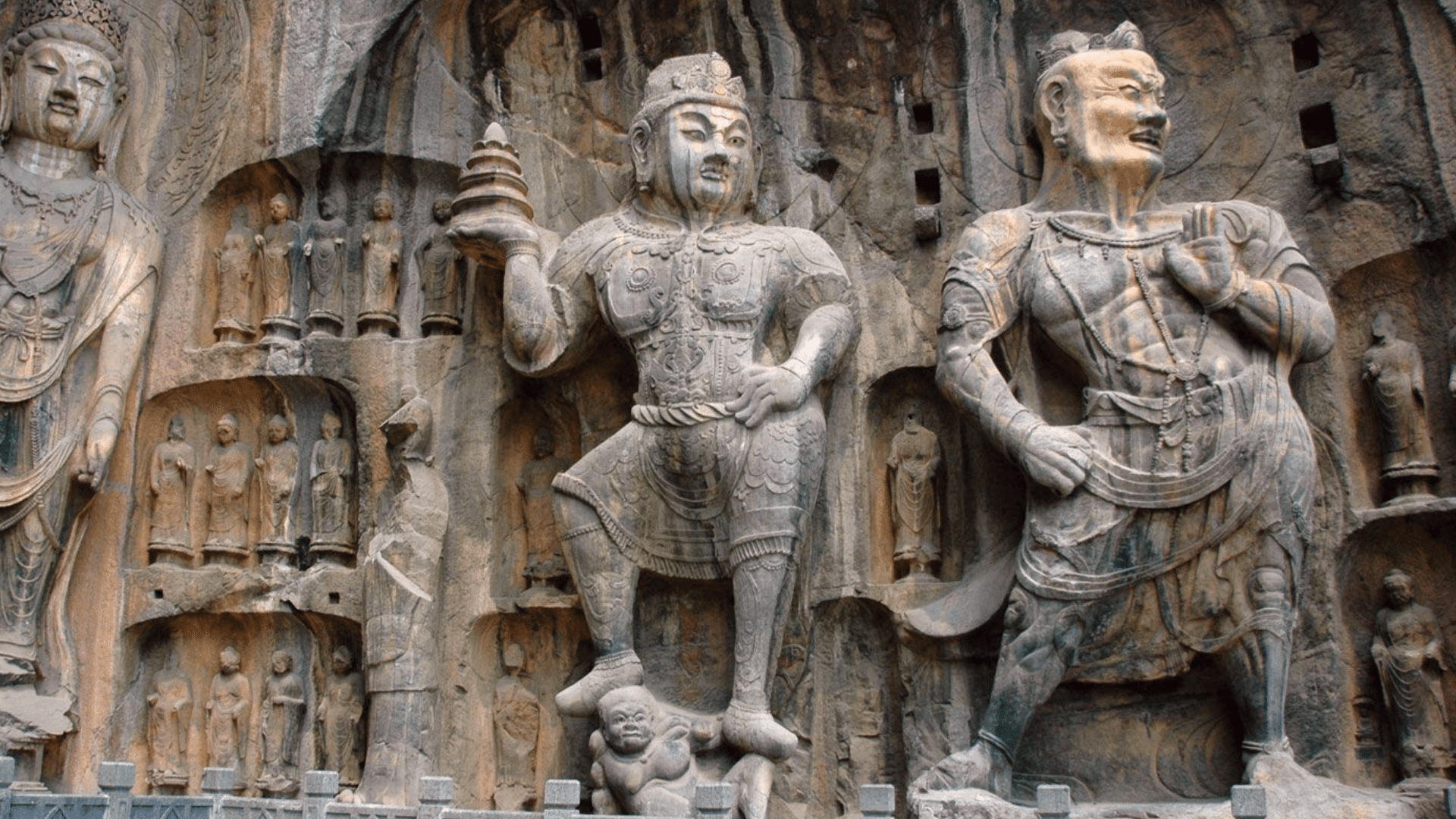
It is not a building but an incredible architectural wonder. Thousands of Buddha statues carved into rocky cliffs tell stories of ancient art and belief.
Key highlights:
- It contains over 100.000 Buddha statues
- Carved into mountain cliffs
- UNESCO World Heritage Site
- Spans multiple historical periods
- Represents ancient Chinese rock art
These final structures show that architecture is about more than just buildings. They are stories told in stone, glass, and imagination. Each one captures a piece of China’s incredible journey through time.
Architectural Styles Seen Across Buildings
China’s buildings tell a rich story of design. They show how different cultures, ideas, and times have shaped the way people build.
Traditional Chinese Architecture
Long before modern towers, Chinese builders created amazing spaces that worked with nature. These designs show deep thinking about how people live and connect.
Key features:
- Symmetrical layouts
- Large courtyard spaces
- Sloping roofs with curved edges
- Use of wood and stone
- Colors with special meanings
Religious and Spiritual Influences
Buddhism and Taoism shaped people’s ideas about space. Temples and monasteries show how spiritual beliefs impact building design.
Interesting aspects:
- Temples built into mountainsides
- Spaces that connect with natural surroundings
- Symbolic use of colors and shapes
- Designs that reflect inner peace
- Buildings that tell spiritual stories
Western Design Impacts
When other cultures met China, building styles changed. Colonial cities showed a mix of local and international design ideas.
Notable points:
- European-style buildings in port cities
- A mix of Chinese and Western materials
- New building techniques
- Different ways of using urban space
- Cultural exchange through architecture
Modern and Future-Focused Designs
Today’s Chinese buildings look to the future. They use new materials and wild shapes that seem to break all the old rules.
Modern design highlights:
- Giant glass and steel structures
- Curved and twisted shapes
- Smart energy systems
- Buildings that look like art
- Technology meets creativity
These styles show how buildings are more than just places to live or work. They are stories told through stone, glass, and imagination. Each building captures a moment in China’s long and complex history.
From ancient temples to future-ready skyscrapers. Chinese architecture shows how people think, dream, and connect with the world around them.
Visiting Tips for Architecture Lovers
Planning an architectural journey through China requires some smart thinking and preparation. The country offers an incredible mix of buildings that span thousands of years of human creativity.
Cities to Prioritize
Beijing, Shanghai, and Xi’an stand out as the top destinations for architecture lovers. These cities offer a stunning blend of ancient structures and modern marvels.
- Beijing showcases imperial palaces and cutting-edge designs.
- Shanghai dazzles with its futuristic skyline.
- Xi’an provides a deep look into historical architectural traditions.
Each city tells a unique story through its buildings.
Best Times to Visit
Timing can make a huge difference in your architectural tour.
Spring (April to May) and autumn (September to October) offer the most comfortable weather for walking tours.
These seasons provide clear skies, mild temperatures, and the best light for capturing architectural details.
Summer can be too hot, while winter brings cold that might limit outdoor explorations.
Maximizing Your Architectural Experience
To truly appreciate China’s architectural wonders, consider booking specialized guided tours.
These tours offer deep insights into the historical and cultural context of each building.
- Learn a few basic Chinese architectural terms.
- Take time to look at intricate details.
- Respect local customs and photography rules at historic sites.
- Bring a good camera and comfortable walking shoes.
Practical Travel Considerations
Before your trip, research entry requirements for major architectural sites.
Some buildings have specific visiting hours or need booking. Budget enough time to truly appreciate each location.
Consider purchasing city passes that might offer discounts on multiple architectural sites. Learn about local transportation options to move between different landmarks efficiently.
Understanding the Deeper Story
China’s buildings are more than just structures. They are living histories that tell stories of culture, innovation, and human creativity.
Each building represents a moment in time—from ancient temples that reflect spiritual beliefs to modern skyscrapers that show technological progress.
Take your time, look closely, and let the architecture speak to you. Remember that an architectural tour of China is not just about seeing buildings.
It’s about understanding how people have created spaces that reflect their dreams, beliefs, and ways of living throughout thousands of years of human history.
Conclusion
From ancient stone temples to glass towers reaching the sky. China’s buildings tell an incredible story. These structures show how a country can respect its past while racing toward the future.
Every landmark we’ve discussed is more than just a building—it’s a piece of living history.
Some will make you think, some will make you wonder, but all will leave you amazed.
Got a favorite Chinese landmark? Tell us in the comments below. Which building would you most want to see?

